| marc7 travels |
|
While everyone is trying to get all fixed and cheesy on Valentines’s Day, I found myself wandering in the most unlikely place - the La Loma Cemetery in Manila. This was a date that I gladly said yes when the opportunity was presented to me. It was a date with history and how it hopes to bring back to life one of the amazing heritage structures in the metro - the Lumang Simbahan of the La Loma Cemetery. The Campo Santo de La Loma is a beautiful Spanish-period chapel located in the oldest functioning cemetery in the metro. Completed in 1884, it served as a funeral chapel until a new one was opened in 1962. It was used an office and mass celebrations were occasionally held here until it was locked and abandoned. At present, the chapel’s facade is undergoing restoration works with the hope that it is the beginning of its full restoration. La Loma Cemetery The La Loma Cemetery is a 54-hectare Spanish-period cemetery that was opened in 1884. It was originally called Cementerio de Binondo and was under the local district of Sta. Cruz. It was an exclusive burial grounds for Catholics during the Spanish period. It is the second oldest cemetery after Paco Park but it is the oldest in the metro that is still in use to this day. The cemetery sits along the borders of Caloocan and Manila with the diocese of both cities sharing jurisdiction. La Loma is not your typical cemetery. Apart from its history, it is a microcosm of Philippine society where you get to see the line dividing the rich and the poor, even at death. It has a collection of grand mausoleums of the rich, the simple burial plots of the middle class, and the apartment-style niches for the poor. What will catch your attention when you visit La Loma are the beautifully designed family mausoleums, from baroque to art deco architecture. There’s even a mausoleum that has three floors! It was like entering a posh village of the rich and dead. Apart from the mausoleums, the cemetery has a collection of sculptures of religious figures commonly seen on cemetery niches. These figures in various sizes give the La Loma Cemetery that classy and artsy vibe of the old times. It is like a space where you can time travel on how cemeteries evolved in the past decades. Capilla de San Pancracio At the heart of La Loma Cemetery’s history is the Capilla de San Pancracio or more commonly known as “Lumang Simbahan”. This campo santo was opened in 1884 and functioned as the cemetery’s funeral chapel until 1962. Apart from funeral services, the chapel also served as a fort by Filipinos freedom fighters during their fight against the Americans at the turn of the century. It is one of the few sites in Manila that escaped the destruction during its liberation from Japanese forces. The cemetery church is made from adobe blocks. The facade features intricate and detailed carvings giving it an elaborate and beautiful baroque look. The sides of the chapel is highlighted by buttresses similar to Franciscan churches which makes it sturdier against natural calamities like earthquakes. The dome of the chapel dominates the skyline of the “city of the dead” like a guard watching over its land. The front stairways are highlighted by stone marker bearing “Evangelio”, Spanish word for “gospel”. A circular carved inscription is found atop its front door bearing the words “Blessed are the dead who die in the grace of the Lord” in Latin. A couple of meters from the church are two stone columns where the original gate to the chapel once stood. The interior of the church is as grand as its exterior. The black and white flooring tiles and the intricate carvings on its pillars gave it a classy look. The altar, with a Crucified Christ as its main figure, shows that the chapel was still in use even after it was de-commissioned. Two doors, adjacent to the altar, leads to the backroom of the chapel which once served as an office. One could also see some tombstones on the flooring but it is said that the bones of those buried inside the church were already exhumed and transferred. Restoration Project The chapel facade is undergoing restoration spearheaded by the Roman Catholic Diocese of Kalookan, in partnership with the Escuela Taller de Filipinas. The 4M project aims to restore the grand beauty of the chapel’s facade and, hopefully, roll out the full restoration of the capilla. The diocese understands the historical significance of the structure that is also recognized as a National Cultural Treasure. Architect Jeffrey Cobilla, OIC of Escuela Taller de Filipinas, walked us through the project that is now on its final stages of completion. He shared with us the tedious and delicate processes that his team had to go through to restore the facade. Interestingly, I learned that one of the biggest threats that heritage structures face is vegetation. Those small plants, shrubs, and even trees, that grow in this structures, that we find cute and we thought gave the structure a more “heritage” feel, does more damage than good. Its roots can erode and allow water to seep in through the crevices that it burrows through the structure. They shared with us that they cannot just pluck out or cut down the vegetation to avoid further growth. It is a slow process of applying herbicide and then carefully weeding the plant and the roots out. The team also had to work through the “remedies” done on the structure by its previous occupants/tesidents. In the case of the Lumang Simbahan ng La Loma, the application of incompatible materials to the adobe structure, like cement, was not beneficial. Adobe blocks expand and contract with the weather and applying cement, as a quick fix for breaks and cracks, inhibit this particular “behavior” of the blocks. In the long run it damages the adobe blocks. The team had to carefully strip off these incompatible materials before they can work on the restoration. Architect Jeffrey is confident that the Capilla de San Pancrio is structurally stable and that the full restoration is highly probable. The materials used to replace worn out blocks are similar adobe blocks sourced from Bulacan. Something to watch out for is how the team was able to restore most of the beautiful and intricate stone carvings of the chapel’s facade. The initial phase of the project is nearing its completion and is expected to be done by March of 2021. POST TRAVEL NOTES The restoration of the Capilla de San Pancrio is just the first phase of the full restoration of the chapel. It is not an easy task to plan and execute and the budget that go with it is in millions. That is why we need to raise awareness on heritage conservation because, with this awareness, comes the support for such programs. Restoration of heritage sites should be a collaboration between the government and the community. We need to ramp up our efforts to raise the needed investments before it becomes too late. My unusual Valentine date at the Lumang Simbahan of La Loma Cemetery is definitely one for the books. It was a day of learning from the restoration walkthrough and the exchanges among heritage experts and enthusiasts. As an enthusiast myself, I realized that we, especially the local communities, need to get a basic understanding on heritage structure preservation so we can take concrete steps on long-term solutions rather than quick fixes. Again, these quick fixes do more harm than good. We need to take a more active approach in raising awareness on preserving and restoring the physical links to our colorful past because these beauties starts the learning and understanding of the present. #StandTogetherPinoy Getting there: You can take the LRT 1 and go down at R. Papa Station. You can walk to the La Loma Cemetery from the station.
1 Comment
2022 is off to a good start with my first travel goal unlocked. After being confined in the city for three weeks now, I started to feel the urge to get lost. I needed to get lost. There were a lot of options that I considered from urban hiking to nature hikes but, when I finally got the confirmation that I would be able to explore a destination that was on my list without any hitch, it was time to get lost in Malolos. The historical town of Malolos is the provincial capitol of Bulacan. It is a town that has engraved itself in walls of Philippine history as the town where the Malolos Constitution was ratified in 1898, paving the way to the creation of the First Philippine Republic. It is a town that has kept the memories of the past alive with its well-preserved heritage structures that gives us a glimpse of its grand and colorful past. Join me as we take on a lazy afternoon stroll around the town of Malolos. Barasoain Church and Convent The Barasoain Church and Convent will be always be a historical icon in the Philippine. Completed in 1888, it is often referred to as the “Cradle of Democracy in the East” having been the site where the revolutionary congress ratified the Malolos Constitution that paved the way to the birth of the First Philippine Republic. It was also referred to as “baras ng suwail”, translated as “dungeon of the defiant”, by the Spaniards because it was a known as a meeting place of revolutionaries. The Barsoain Church, with its structure and history, is a striking heritage edifice which is hard to miss in Malolos. Its simple baroque-renaissance facade and adjacent belltower dominates the skyline on this side of Malolos. A statue of Emilio Aguinaldo was erected on its parking grounds with a historical marker as the first President of the First Philippine Republic. Historical markers were also installed on the church’s facade that highlighted its historical significance. The inside of the church was grand with its collection of saints that adorn the church. The two-tiered retablo was a beauty with an image of the Our Lady of Mount Carmel as its main centerpiece. It was in the nave of this church where representatives promulgated the Malolos Constitution creating the First Philippine Republic. I was lucky to have seen its beauty without the crowd. A section of the adjacent convent now houses the “Museo ng Republika ng 1899”. The museum is a collection of dioramas and pictures of events that lead to the birth of the First Philippine Republic. It was an interesting exhibit where you get to read the actual drafted Malolos Constitution and the participants who drafted the constitution. The church and the museum was my main target for this trip. My fascination with history had me planning a short trip to Malolos for months now and it was only now that I had the opportunity to do so. It was a great to see this iconic church that once was featured in our 10-peso bill. Barasoain Catholic Cemetery A picture caught my attention while I was waiting for the museum to open. It was a picture of the Jacinto Mausoleum of the Barasoain Catholic Cemetery. I read about it when I was doing my research and I got interested but I had difficulty pinpointing its exact location. With the additional information and map from the church, I went for a quick walk following the map. Initial information from my research indicated that the structure is the Jacinto Mausoleum. This Spanish-period family burial area was built in 1859 and, judging from its initial design and location, it can be mistaken for a simborio or a cemetery chapel. Unfortunately, the structure is undergoing a facelift and was given a more modern look. I was disappointed that its original design was not preserved. Honestly, I walked back to the church with a heavy heart. It was sad that another heritage structure was given a different look. We just lost another connection to our past. I really hope that we take on a more proactive action towards keeping our links to the past by saving and preserving these kinds of structures. Sayang talaga. Casa Real de Malolos A short walk from the Barasoian Church will bring you to a two-floor structure that was declared a National Shrine in 1965- the Casa Real de Malolos. Built in 1580, the casa served as the home and office of the Gobernadorcillo of Malolos, the Treasury of the Spanish government during the conflict with the British, and the National Printing Press of the revolutionary government. It was restored to its original look in 1980s with the help of then First Lady Imelda Marcos, former Minister Jesus Tanchanco, and former Mayor Purificacion Reyes. Casa Real de Malolos is now the home of the Museum of Philippine Political History. Its exhibit walks you through the progression of our political system from the pre-Spanish period to the present. The exhibits are a collection of visual arts and artifacts that walk you through centuries of information on how our political units and systems evolved from balangays to our current Presidential structure. The political evolution is aligned with the national events that pushed for these changes to happen. They say that history is written by the victors and, in a way, it is true. It is very important that, when we look at history, we look at both sides of the coin - the good and the bad. It is like picking up a stick where we get both ends. It is important that we make judgement after we have weighed both sides. Malolos Cathedral and Kalayaan Tree At the heart of the Camestisuhan district of Malolos is another church that once served as the Presidential Palace of General Emilio Aguinaldo. The Malolos Cathedral is a historical stone church that saw the glamor and the struggles of this Bulacan town. It has seen how it evolved into a separate town in 1580. The present stone church is the second to be built in its location. The first was completed in 1817 and was consecrated in 1826. However, the church and convent were badly damaged by earthquakes in 1863 and 1880. It was completely restored to its original state in 1884. The church was eventually burned down by the revolutionist in 1899 when Aguinaldo and his men had to abandon it as Americans troops advanced during Philippine-American War. You will also find the Kalayaan Tree on the patio of the Malolos Cathedral. The tree is a mute witness to the meetings held under its shade that eventually led to the birth of the First Philippine Republic. A life size diorama of Gen. Gregorio del Pilar, Gen. Isidro Torres, Don Pablo Tecson, Padre Mariano Sevilla, and Dona Basilia Tantoco in a political discussion was installed under the tree to showcase the relevance of this tree. The Malolos Cathedral or the Minor Basilica and Cathedral of the Immaculate Conception of Malolos has seen the smiles, exchanges, and tears shed in our pursuit for our independence. To this day, it remains to be an inspiration of faith and hope, not only for its locals, but for those who visit the town. Camestisuhan District of Malolos The Camestisuhan District is an area in downtown Malolos where you get to see a collection of well-preserved Spanish and American period ancestral houses. The area, which covers the barangays of San Agustin, Santo Nino, and San Vicente, was declared a National Historical Landmark in 2001. Exploring the Pariancillo gives you a glimpse of the grand lifestyle of its residents during its heydays. From the Barasoain Church, the first two houses that will catch your attention are 1893 Jose Cojuangco House, the birthplace of the Cojuangco patriarch, and the 1812 Antonio Bautista House along the Paseo del Congreso Road. The Bautista House, adjacent to Casa Real de Malolos, is the oldest house in the Camestisuhan district. It was built in the 1850s and was inherited by Don Antonio Bautista, Gen. Aguinaldo’s Secretary of the Interior. The Malolos Bridge/Tampoy Bridge is a Spanish-period bridge that dates back to 1817. It serves as a bridgeway leading to the Malolos Town Center. The town of Malolos follows the same community structure of other old Spanish towns where the center of governance, religion, and commerce are at the center of town. The Malolos City Hall stands beautifully, with its neo-classical design, at the heart of town. It was built in 1940. Adjacent to the church and the public market is an American-period water tower built in 1923. The Aguas Potables de Malolos once served its residents with safe and potable water. At the back of the Malolos City Hall is a small side street that runs along the Tampoy River/Malolos River. There are two heritage and ancestral houses found here - the Abad House and the Don Ramon Gonzales de Leon House. The Gonzales de Leon house was built in 1923 and was the home of Gobernadorcillo Don Ramon. Heading out to one of the town’s main artery, Jacinto Street is home to some heritage/ancestral houses that were adaptively re-used. The first floor Spanish-period houses of Don Erasto Cervantes and Don Fausto Chiong have the first floor converted into commercial spaces while the Gobierno Militar dela Plaza, the ancestral of Dona Gregoria Adriano and the site of the Military Government led by Gen. Torres, is now the Malolos Office of Meralco. The Casa Tribunal de Malolos is also found in this street. It was originally the ancestral house of the Adriano family before it became the Municipal Hall (1859) and Municipal Jailhouse (1898). The postwar movie house Eden still stands to this day but now functions as a retail shop. Further down the road is the Spanish-period Crisostomo House. Turning right on the first street, you will find yourself at Santo Nino. At the end of the street, you will find the historical marker on the site where the Bahay Paaralan ng mga Kababaihan once stood. Jose Rizal sent a letter addressed to the 21 women of Malolos. As you turn right, you will be treated to row of heritage/ancestral houses like the Don Jose Bautista Ancestral House where he was born. He was the Secretary of the Interior of General Emilio Aguinaldo. Turning left on the side of the Malolos Cathedral, you will find yourself walking the long stretch of the busy street of F. Estrella. You would come across the Iglesia Filipiniana Indepiendente, the cathedral church of the Aglipayan built in 1903. You will also find the Spanish-period church, Capila de Nuestra Senyora del Santisimo Rosario de Malolos, built in 1870. Further down the street is the Malolos Central Elementary School which was built in 1913 under the Gabaldon-type schoolhouse design. I tool a right on Sampaguita Road and turned right again to the first corner to explore FT Reyes. One of the houses that really impressed me on this side was the Dr. Luis Santos Art Deco House. It was built under the art-deco design in 1933 and served as a clinic for those who were injured in WW2. The house is home to two cultural properties - the fountain in the garden was sculpted by National Artist Guillermo Tolentino and ceiling mural “The Seven Muses” on the second floor was painted by National Artist Fernando Amorsolo. You will also find the Hermogenes Reyes House and the 1914 Alberta Uiytangcoy-Santos House on the same area. Going around the Camestisuhan District was an exciting experience with me. Armed with pictures of these houses, I had fun looking and matching the pictures with the actual houses. I enjoyed seeing the houses from the outside and hoping that one day I get to see the interiors, as well. Bulacan Provincial Capitol Located along the McArthur Highway is the sprawling Bulacan Provincial Capitol. The Capitol Building is also part of its built-heritage. Built in 1930, the building follows the art-deco design and was done by Juan Arellano and William Parsons. Fronting the Capitol Building, the Capitol View Park honors two Bulakenos. The statue of Marcelo H. del Pilar sits at the front honoring the “Father of Philippine Journalism”. The other Philippine hero honored here is Gregorio del Pilar, more commonly known as Goyo. The young general is depicted here atop a horse getting ready to attack. The installation also holds the remains of the the hero of Tirad Pass. The park also has a mini-forest adjacent to the view park. The park also features The Propagandista Truimvirate honoring the 7 Bulakenos who were influential in the revolution. Old Malolos Train Station This bahay-na-bato design train station was part of the old railway system that connected Manila and Dagupan. The station was opened in March 1891 but the train services commenced only in November 1892. The station and the services were de-commissioned in 1988. From then on the station was neglected. With the present revitalization of the railway project by the government that would connect Manila and Clark, the old train station is getting the needed attention. Part of the project is the restoration of the historical train station. I am excited to see and visit it once it is restored to its original design. POST TRAVEL NOTES Finally… I have managed to pull off a quick trip to Malolos! I enjoyed walking its streets and exploring the history and the story behind its well-preserved heritage/ancestral structures. History comes alive when we see the actual place and it gives that extra flavor on what we usually just read from books. Ngayon ko na-appreciate yung value ng field trips. History shows us both the good and the bad. It is like a stick that, when we pick up, we get both ends. We need to see the big picture logically and strike a balance in the way we make our judgement. It is only when we view it impartially that we get to free ourselves from the chains of the past. Yes, we learn a thing or two from history but we must not let our past slow us down. #StandTogetherPinas Getting there: You can take a P2P bus from Trinoma to Robinsons Malolos. You can then take a jeep or tricycle to downtown Malolos or Barasoain Church.
|
Marc del Rosario
I believe in education, entrepreneurship, and caring for the environment. Archives
June 2024
|
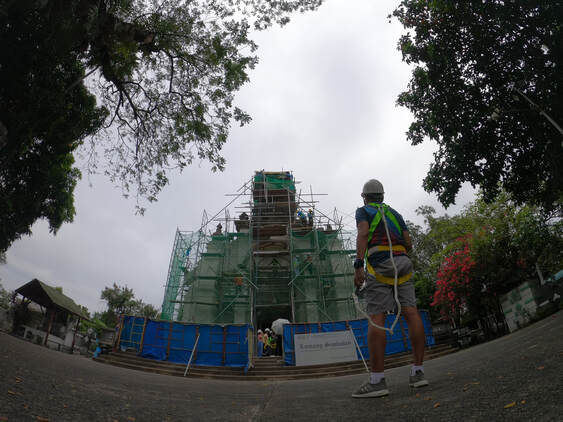
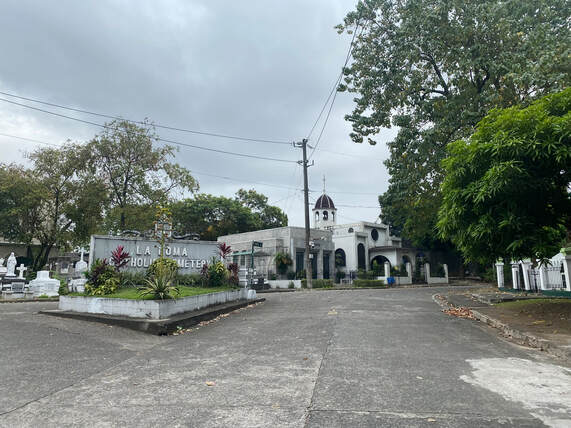
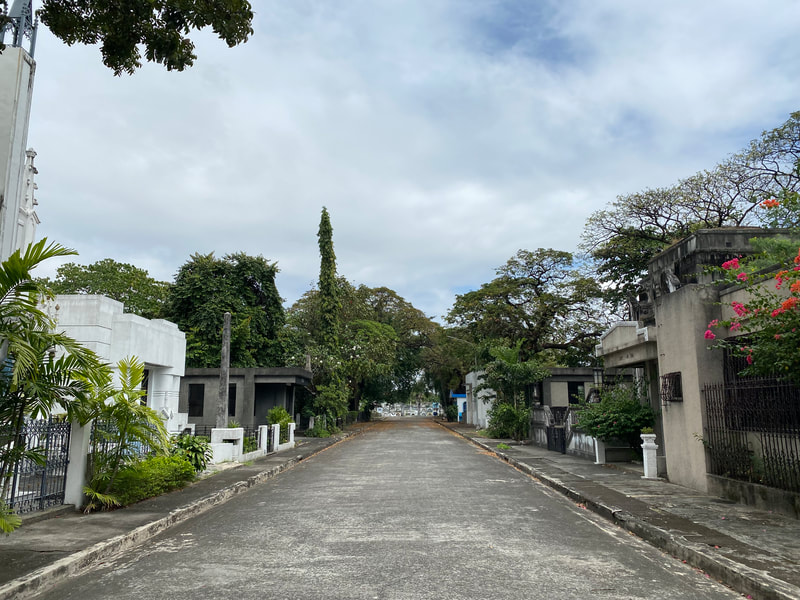
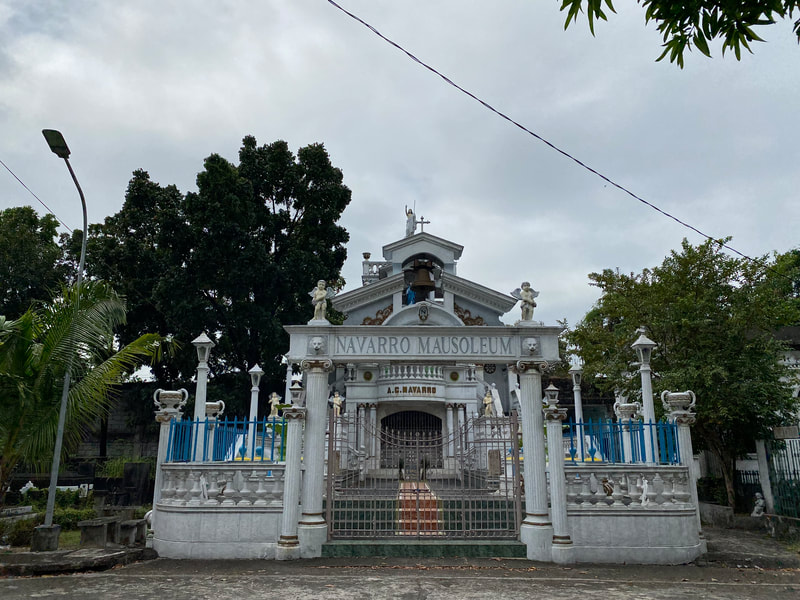
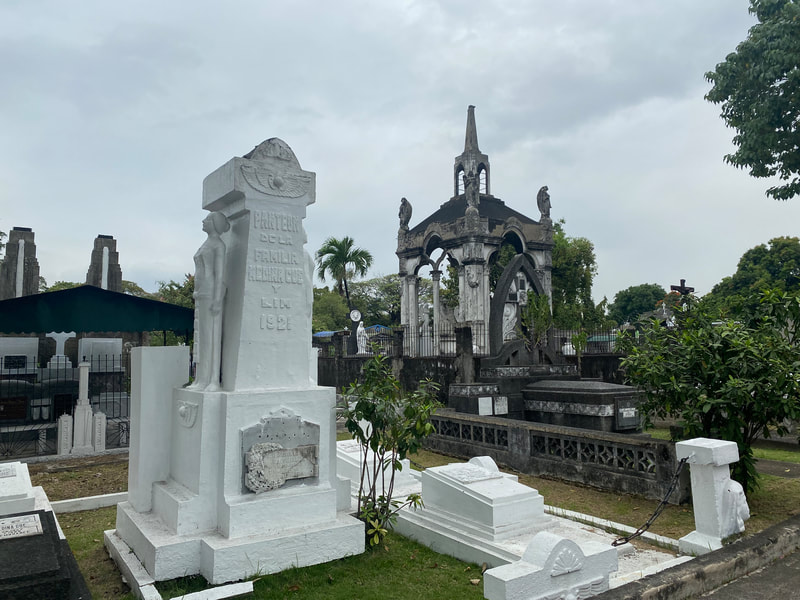

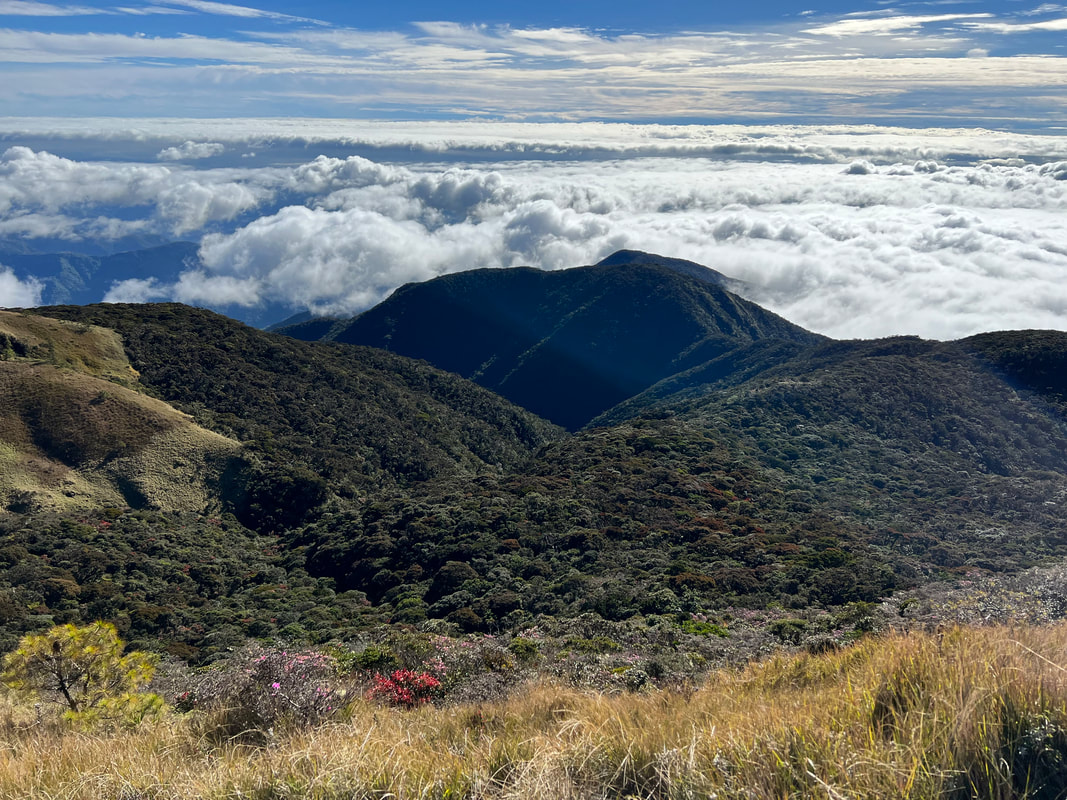
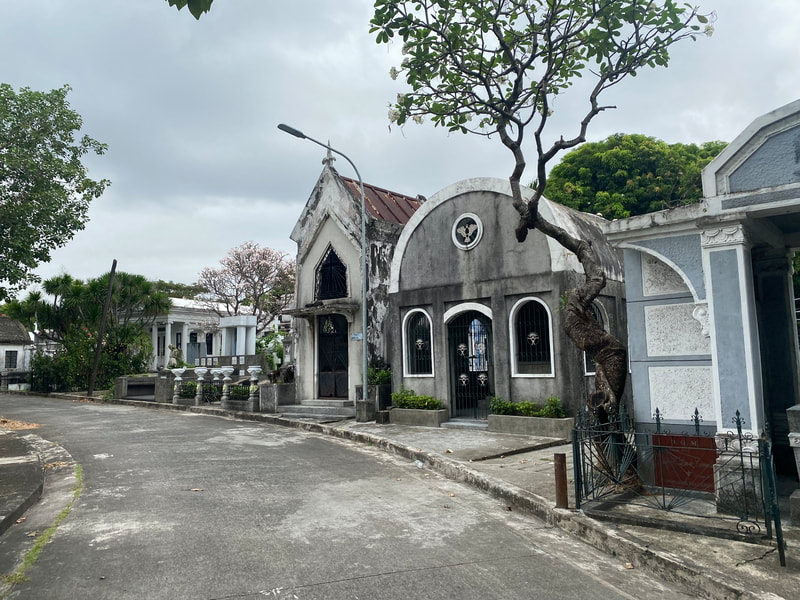
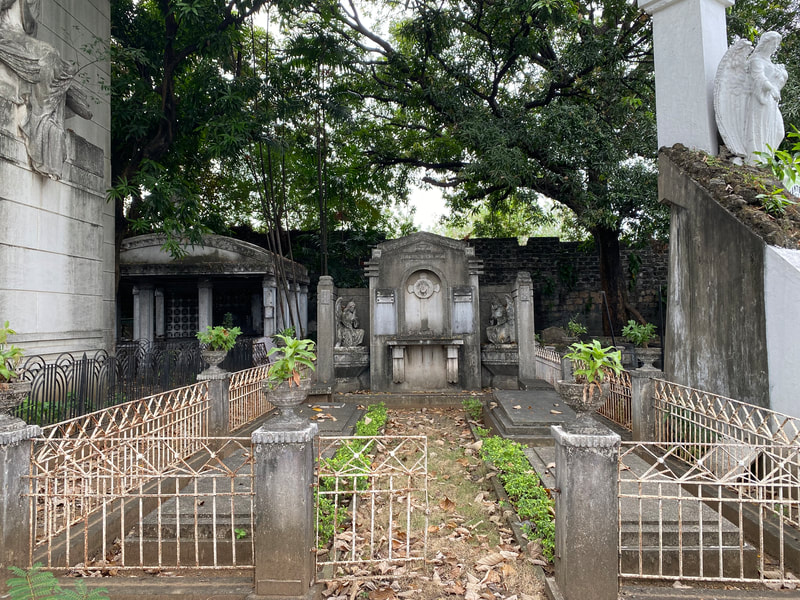
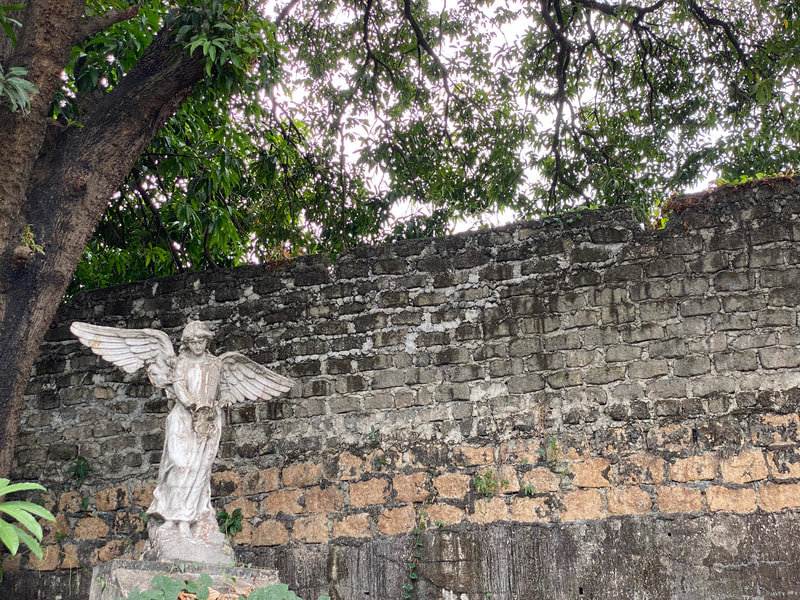

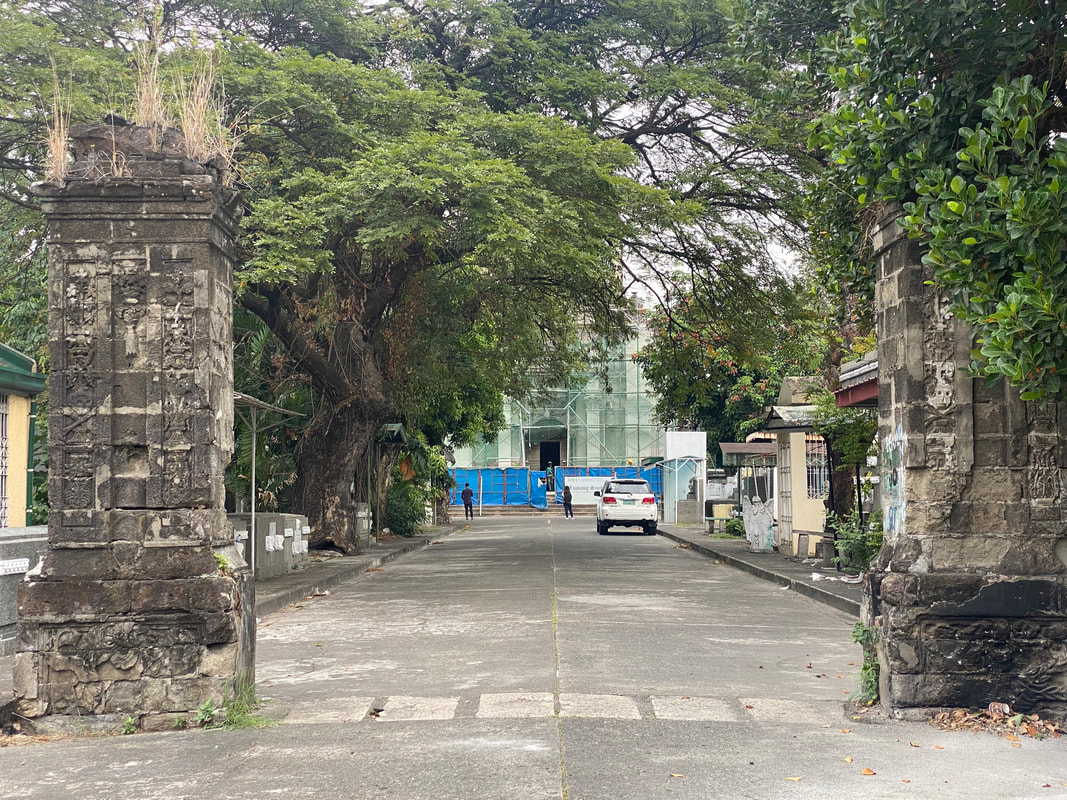
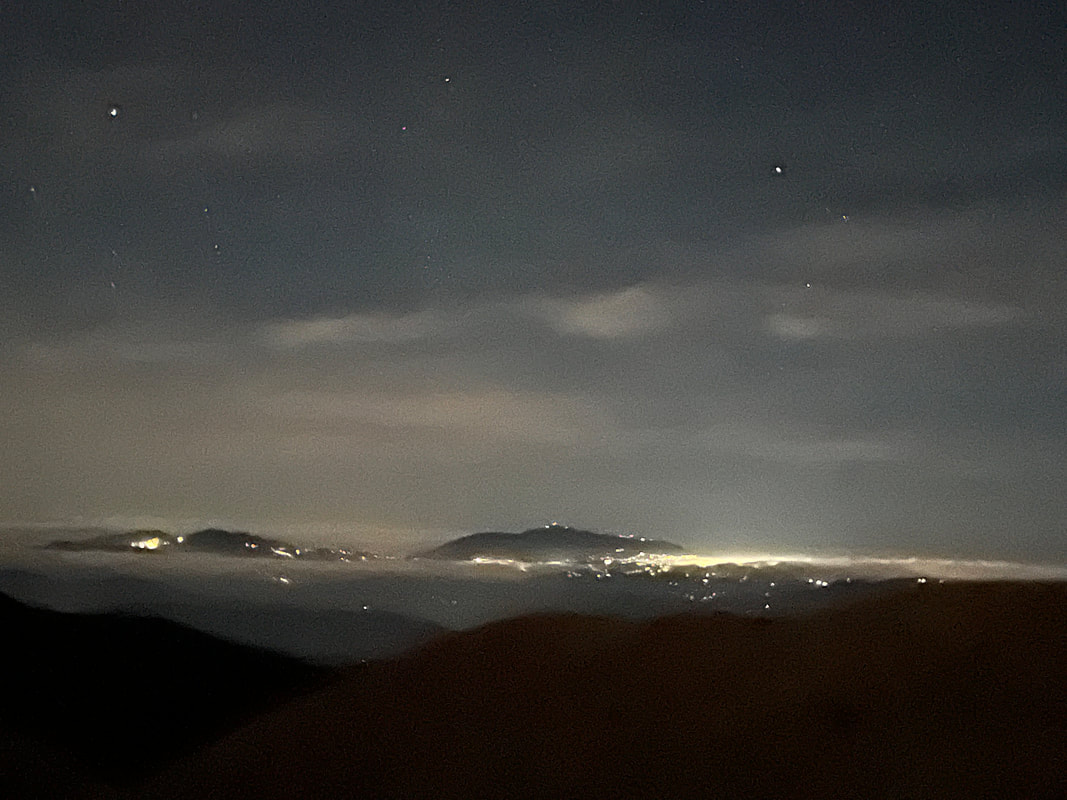
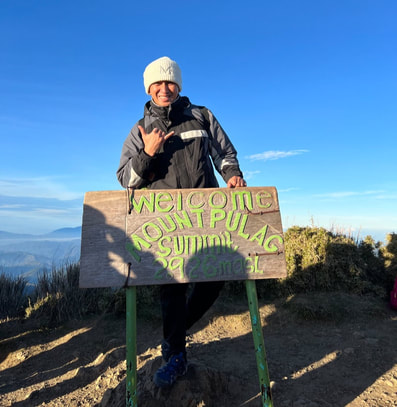
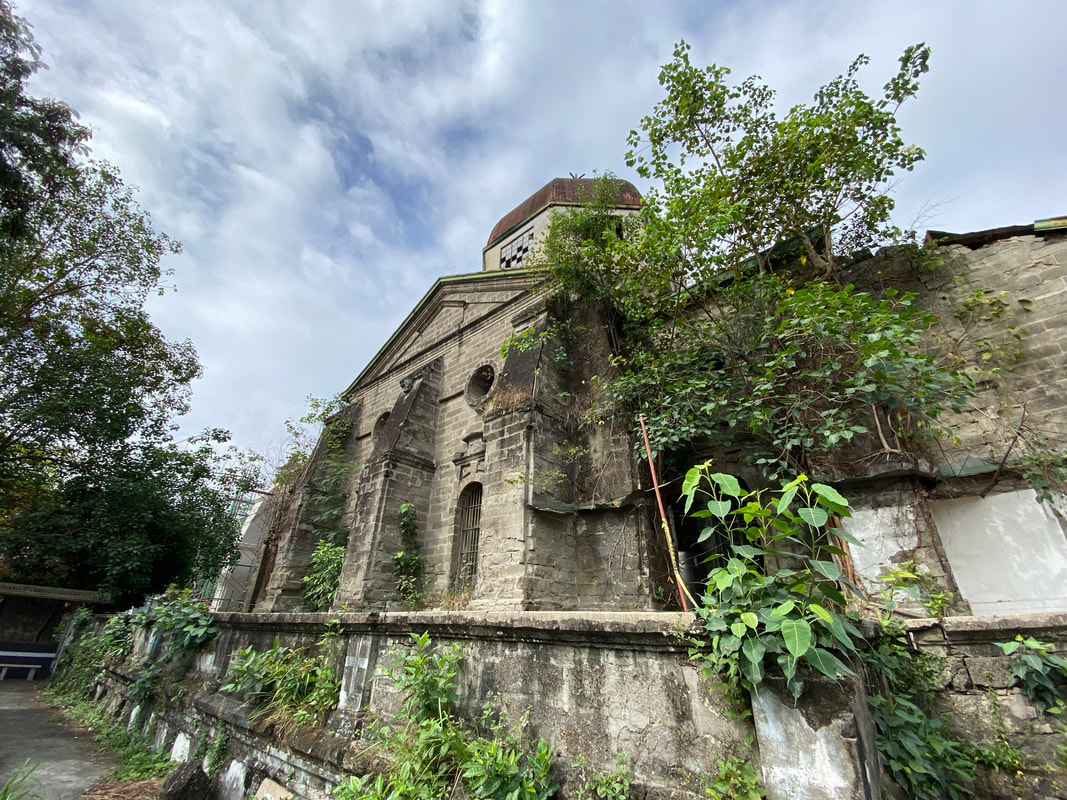
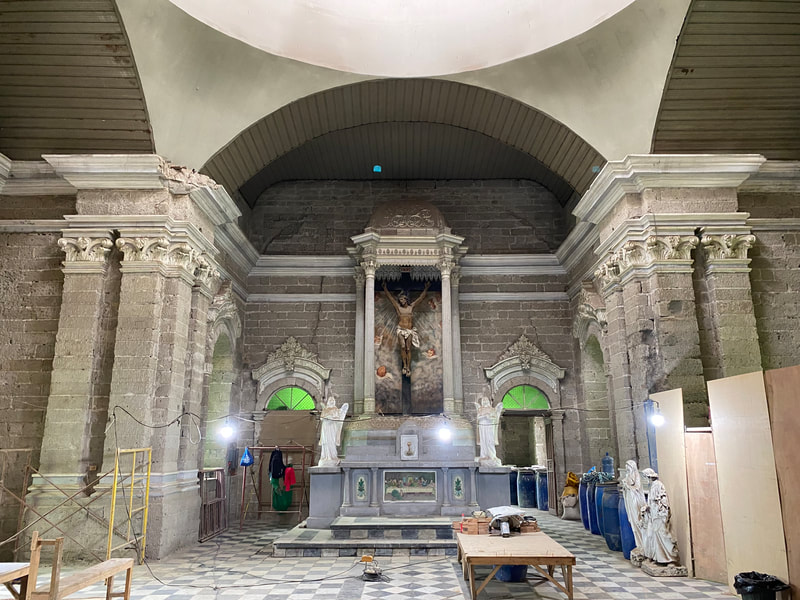
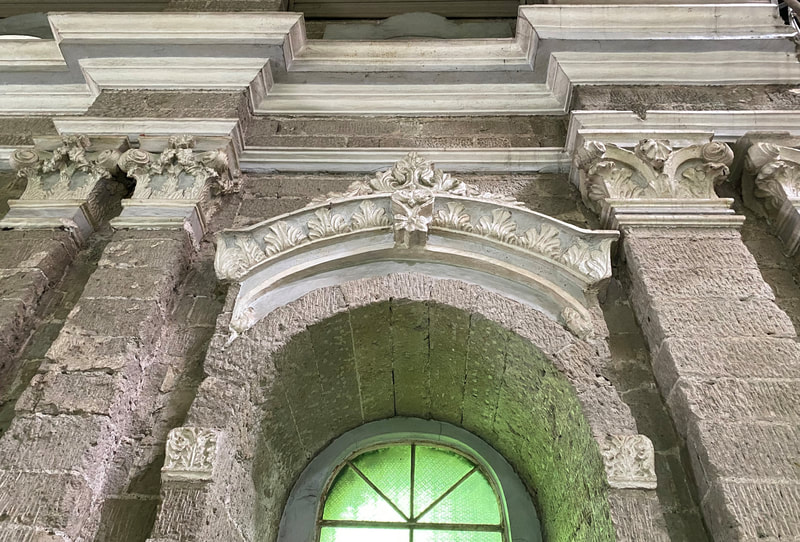
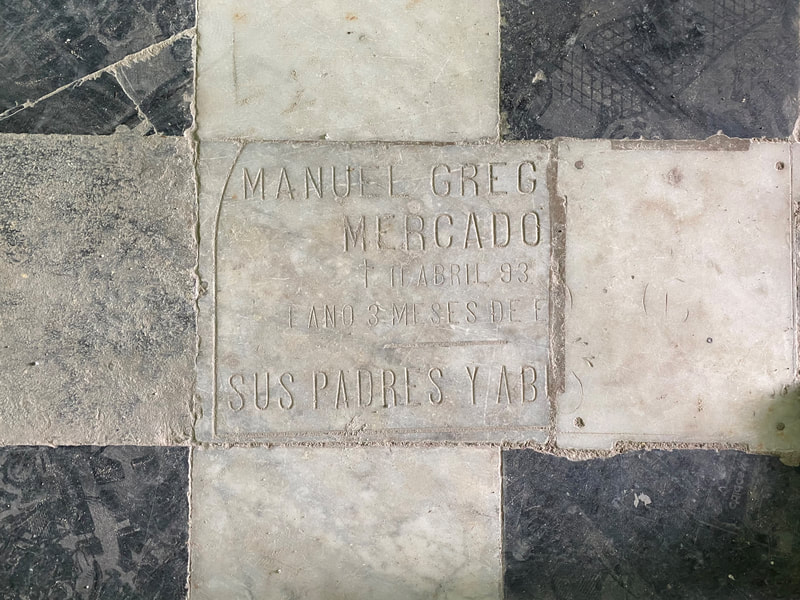
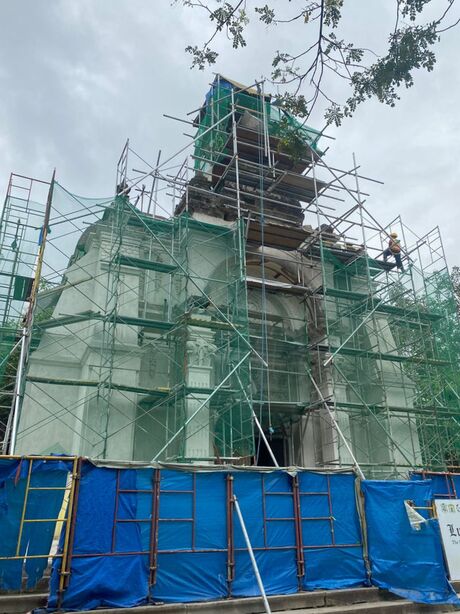
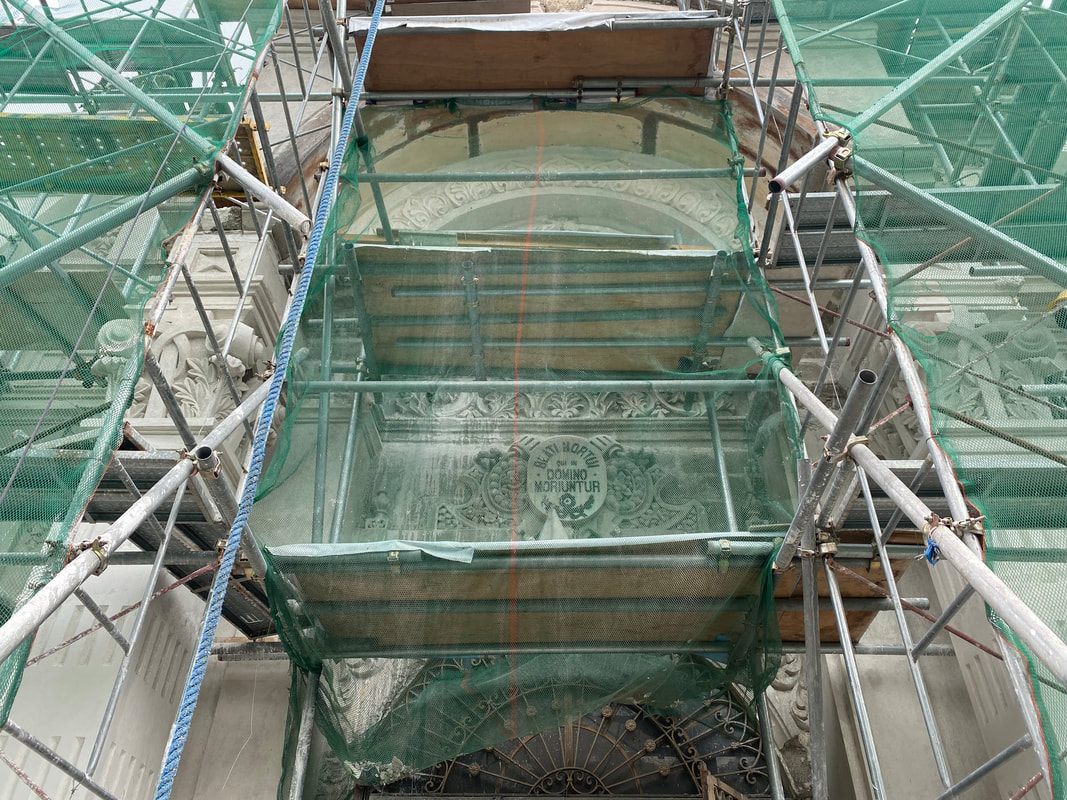
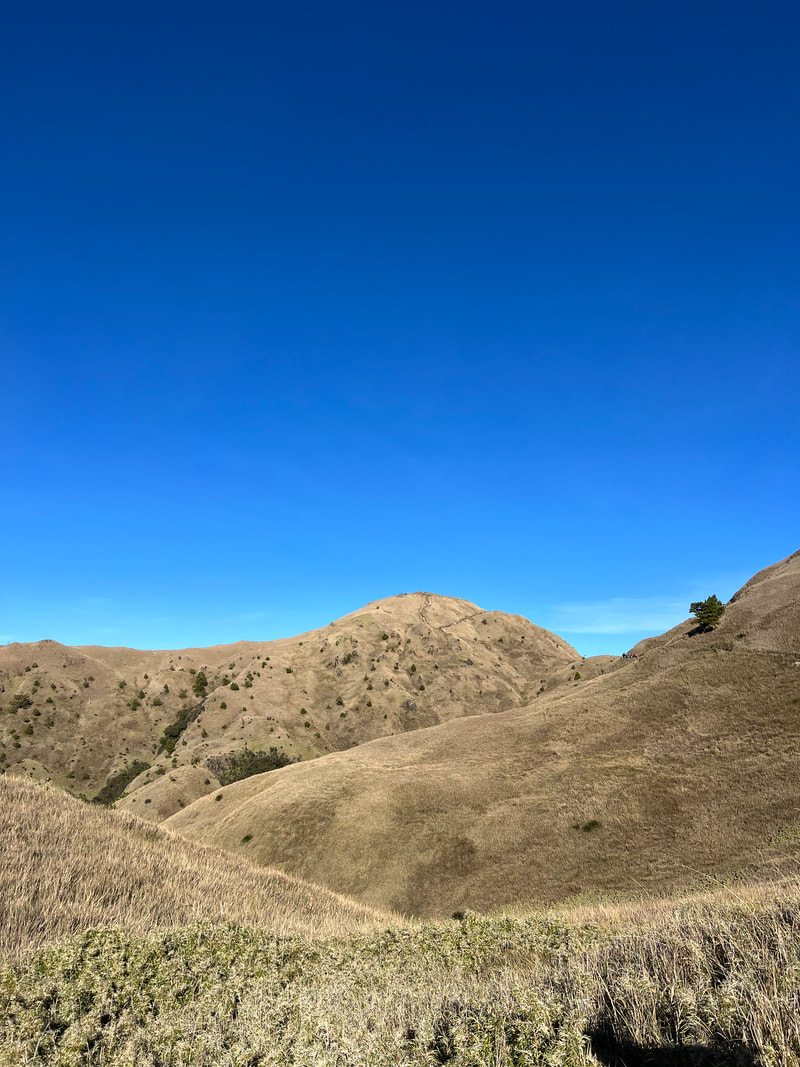
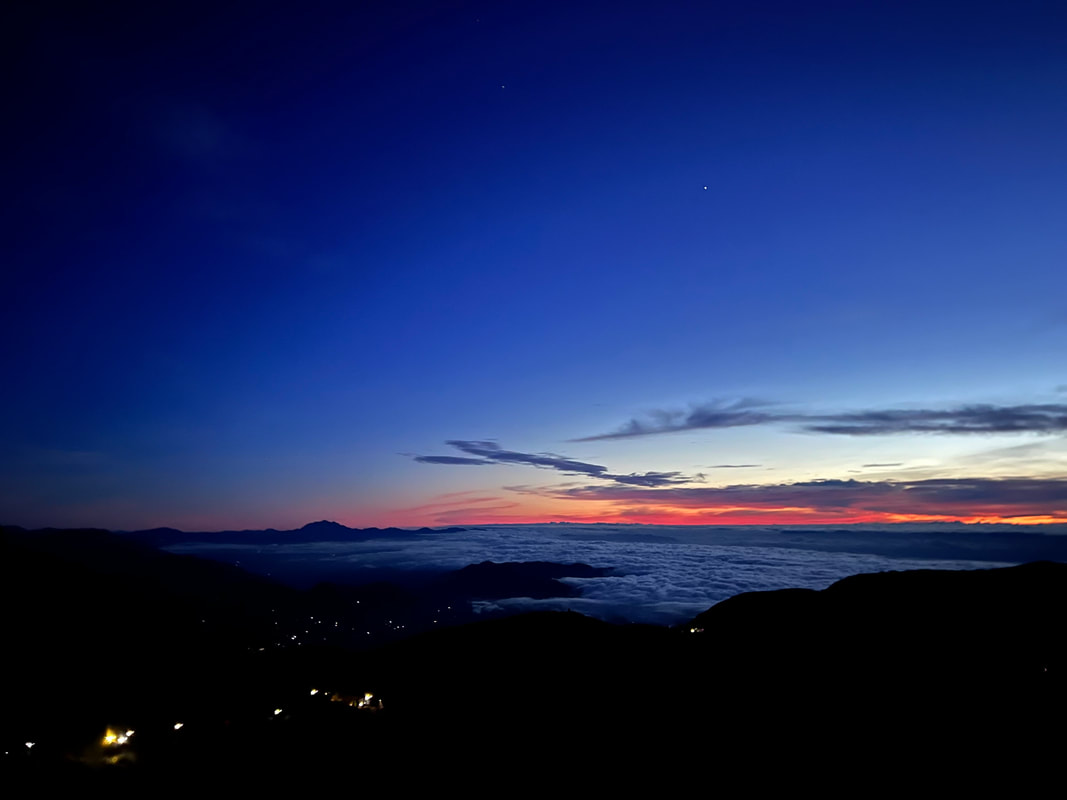
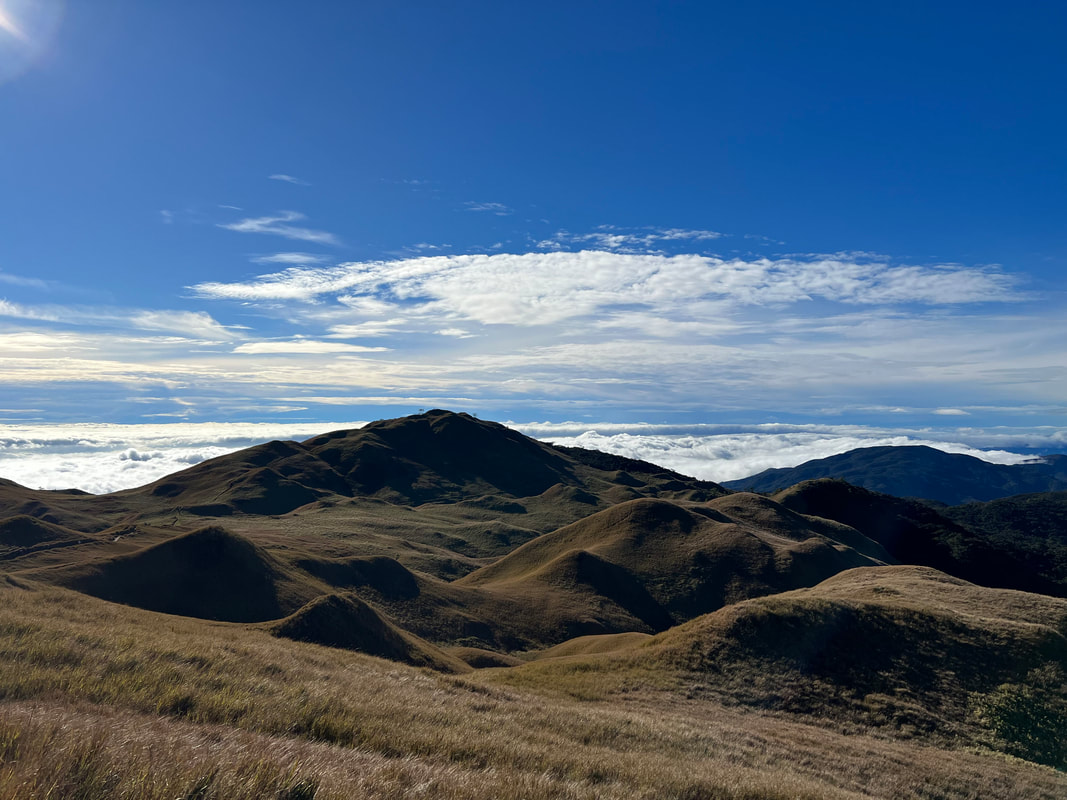
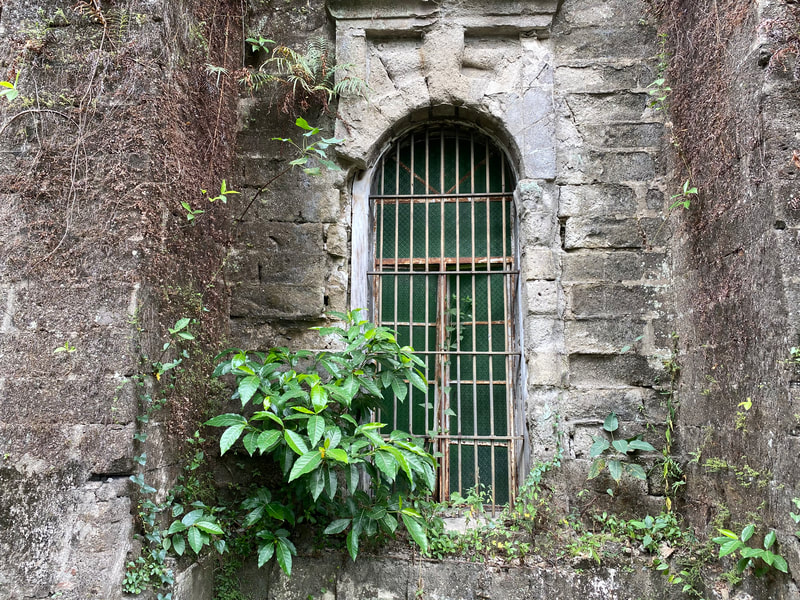
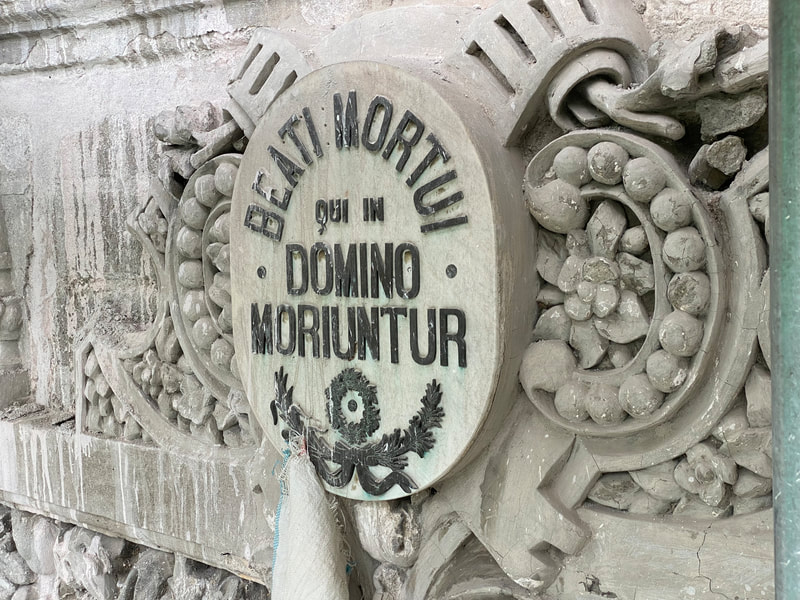
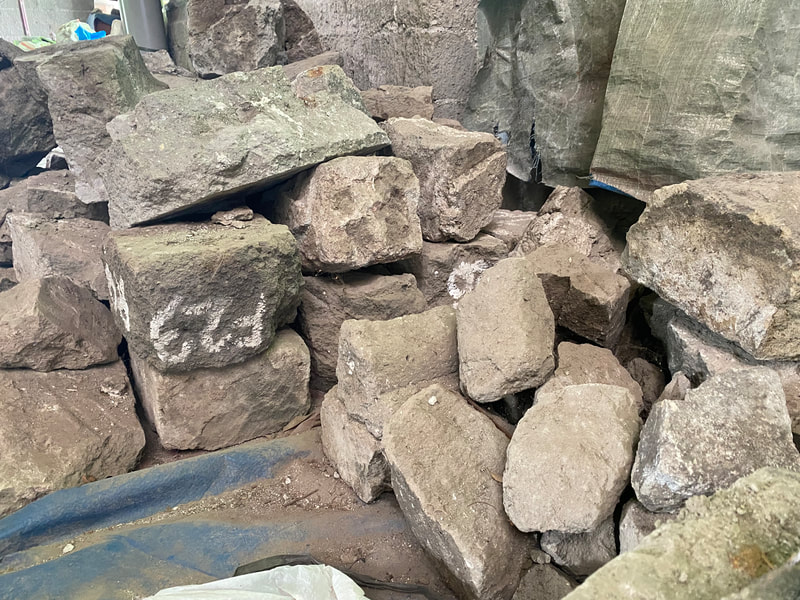


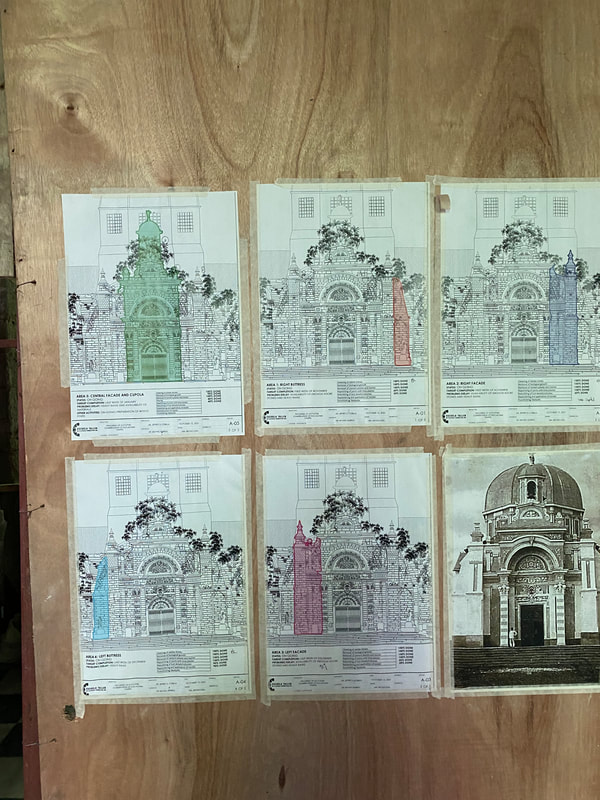
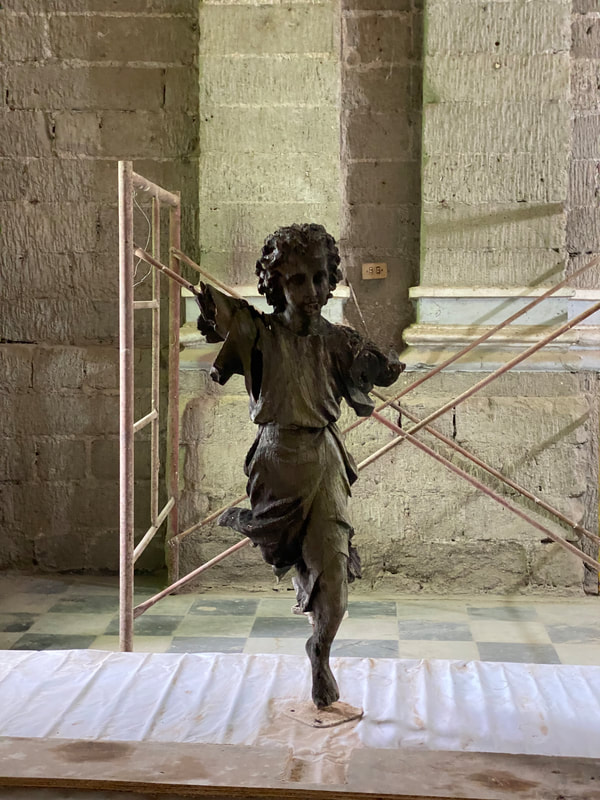
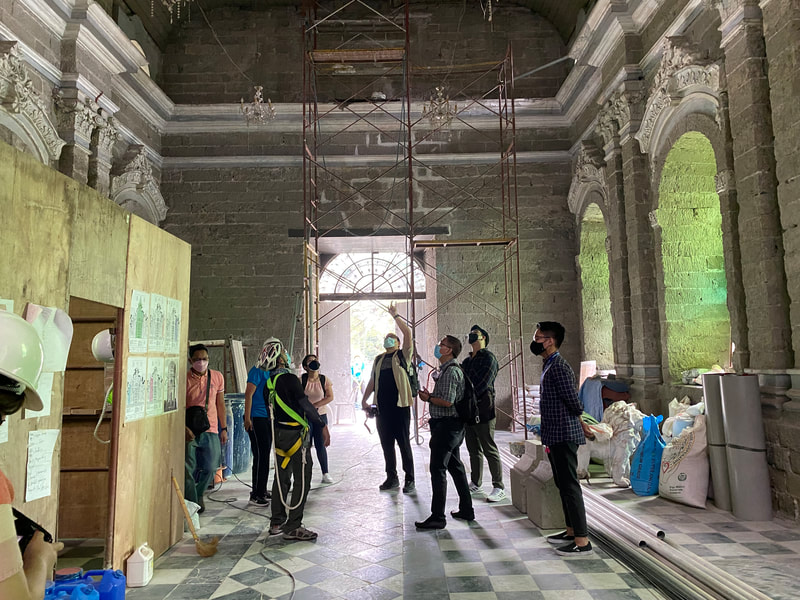
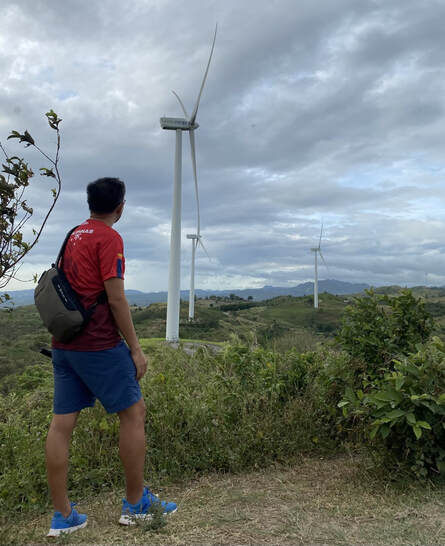



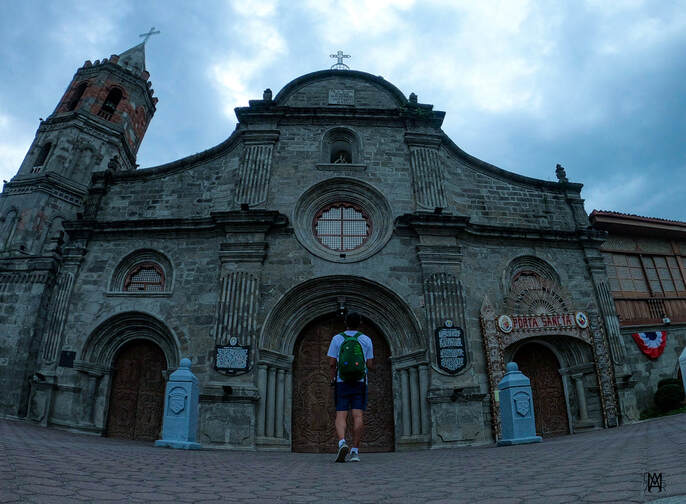
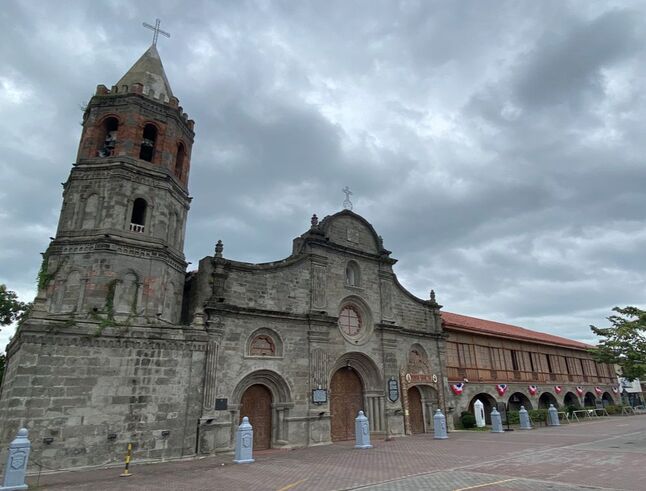
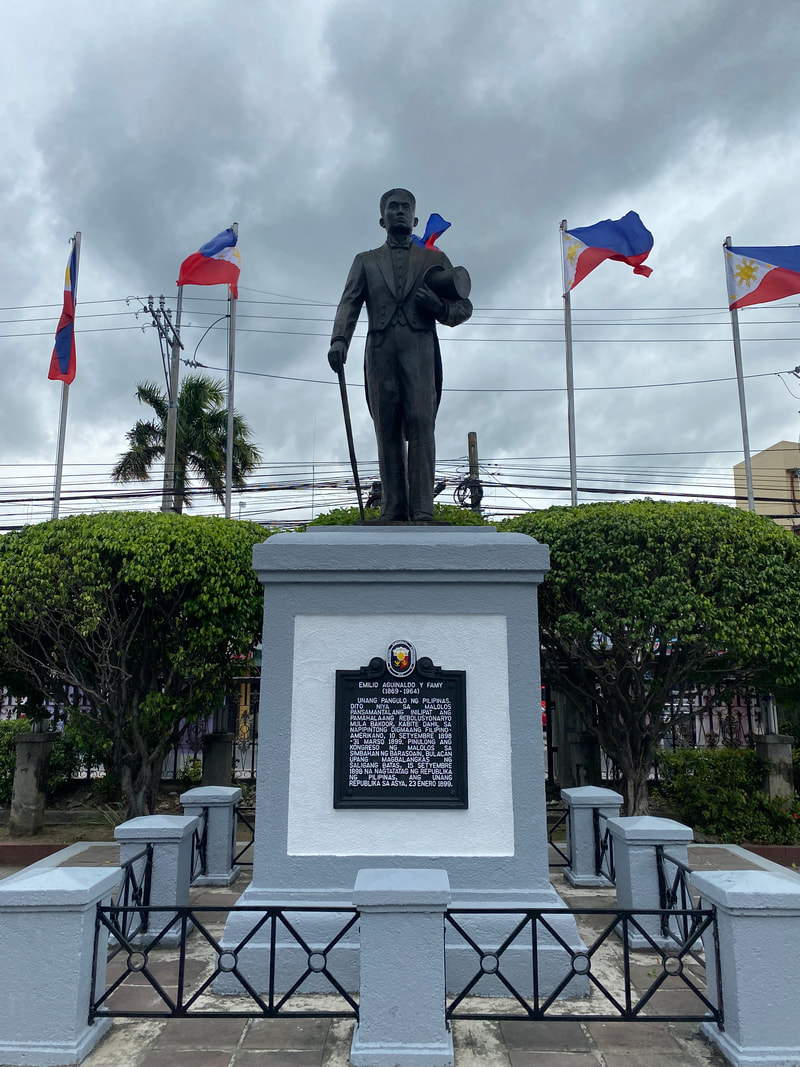
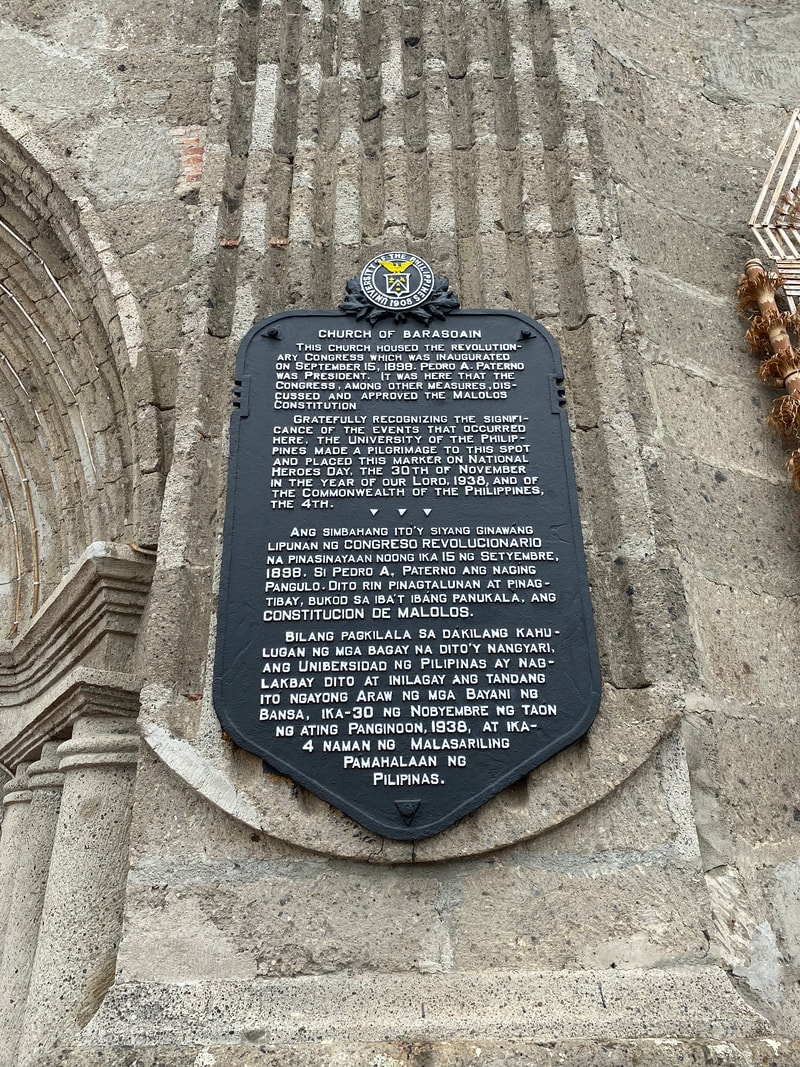
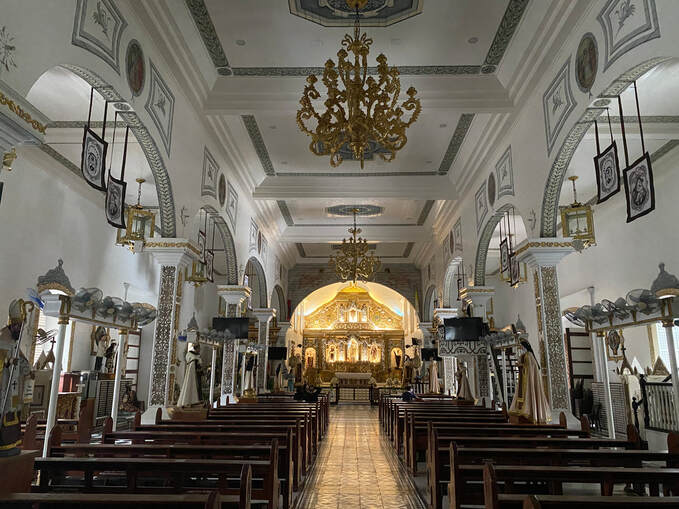
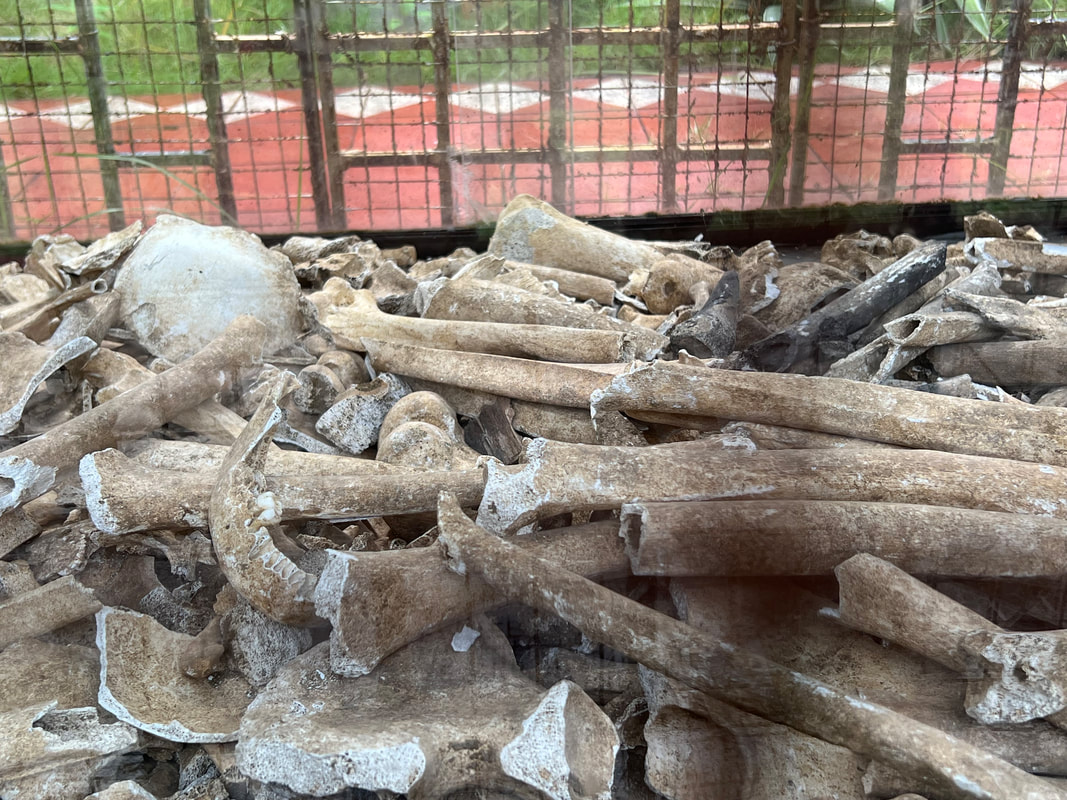
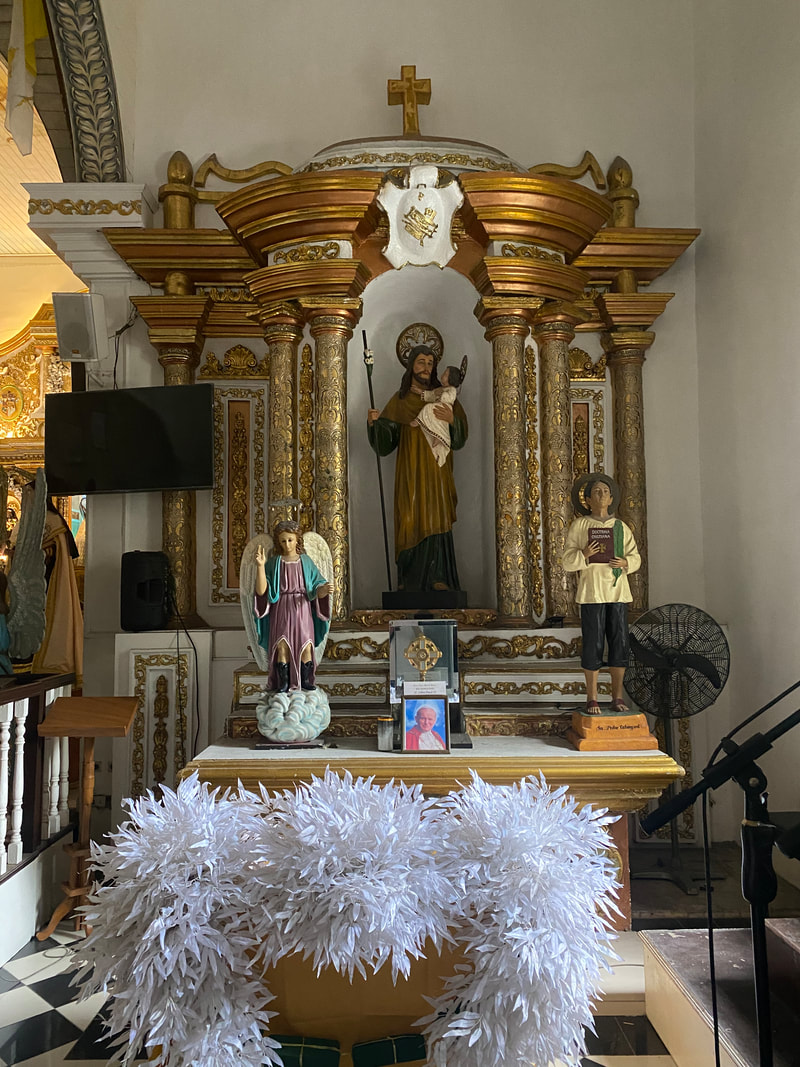

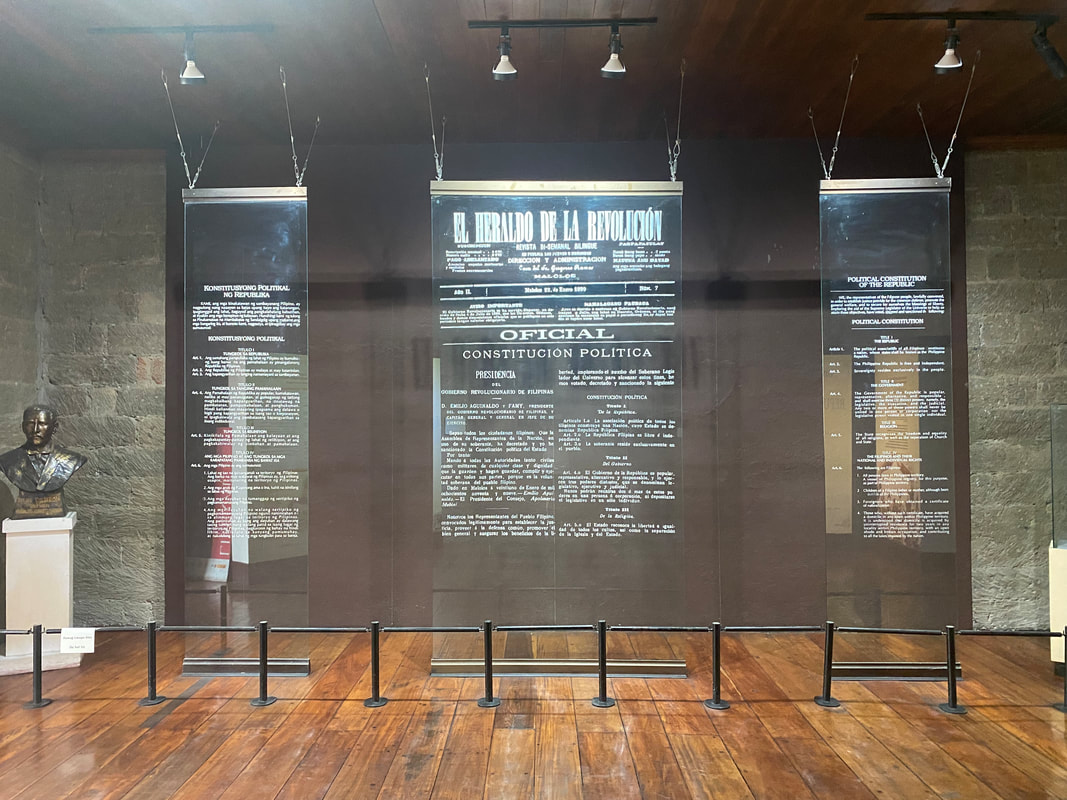

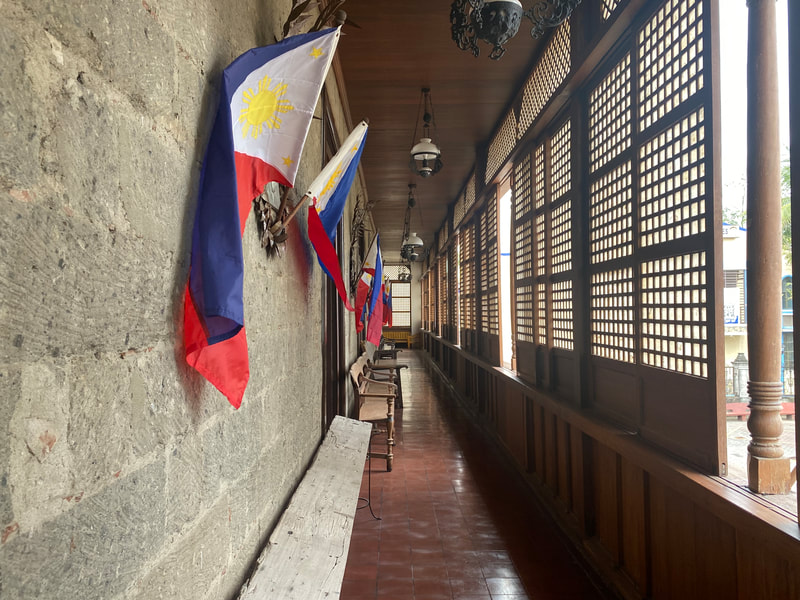
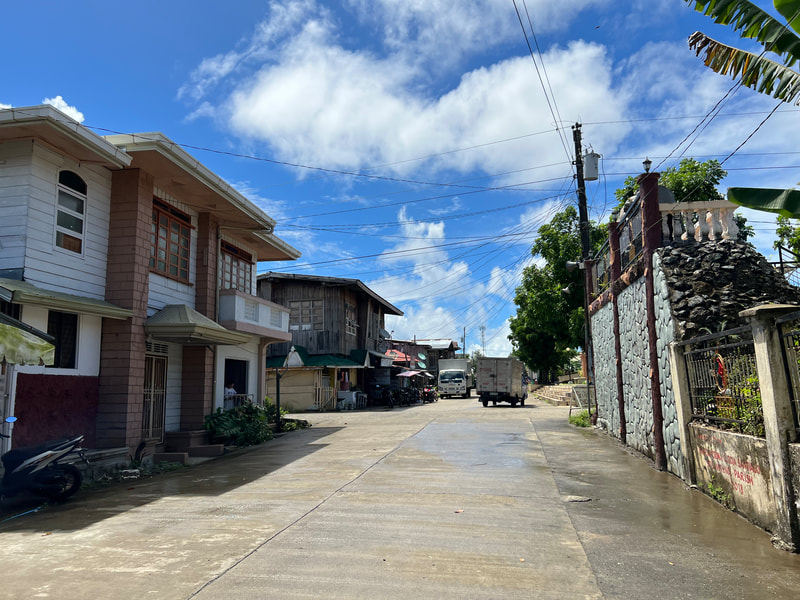
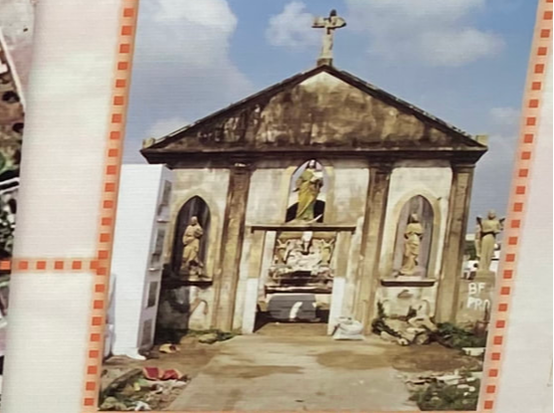
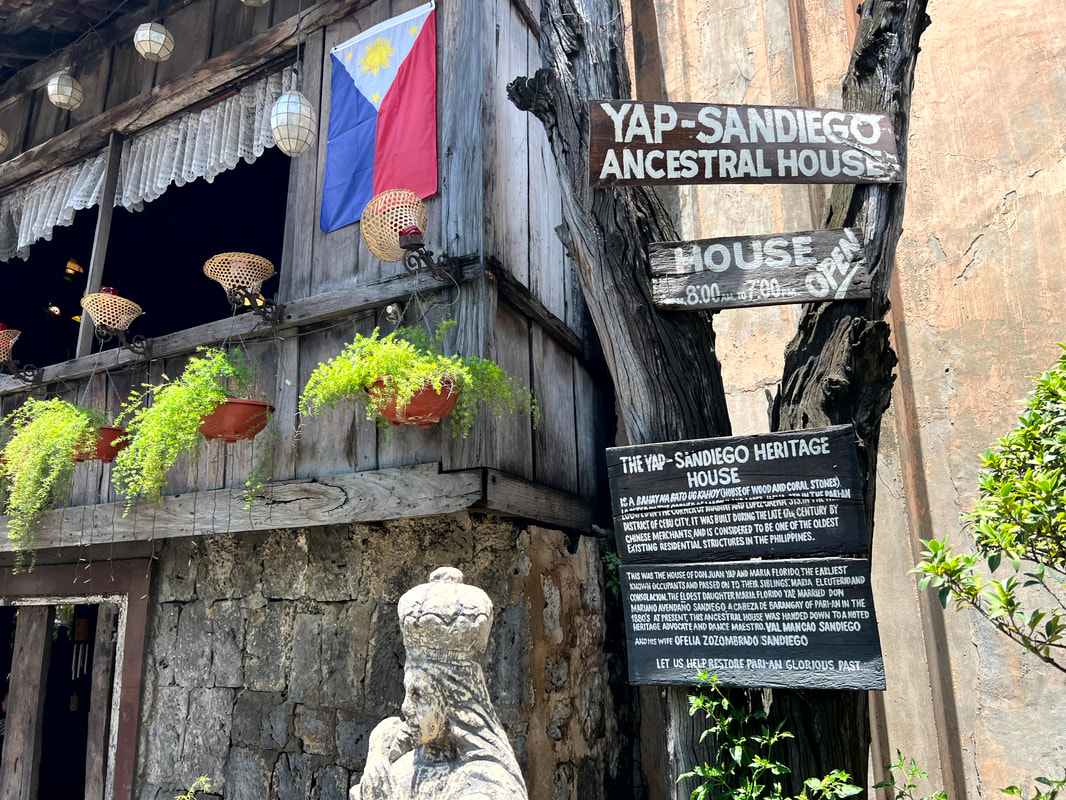
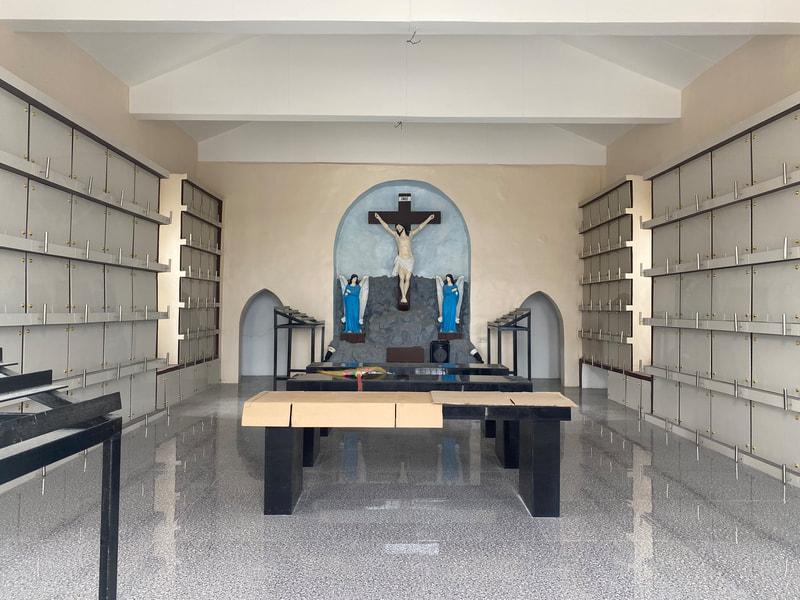
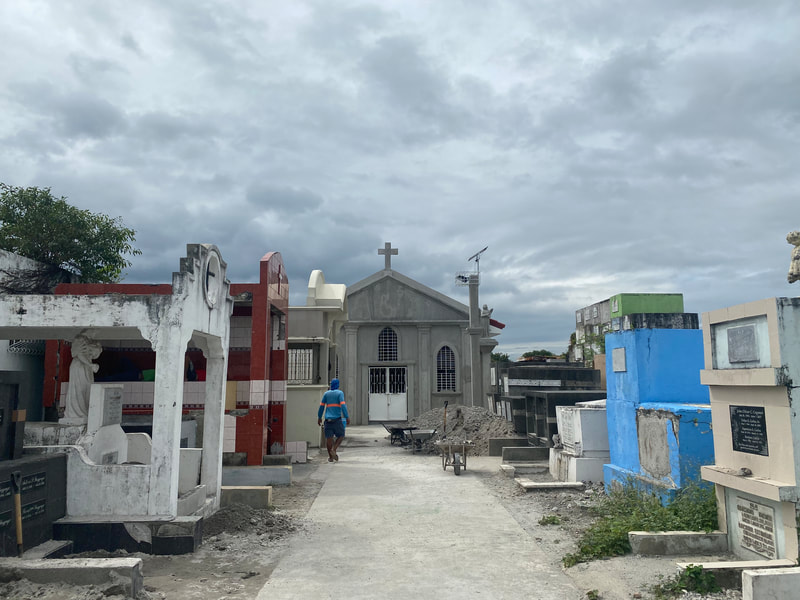
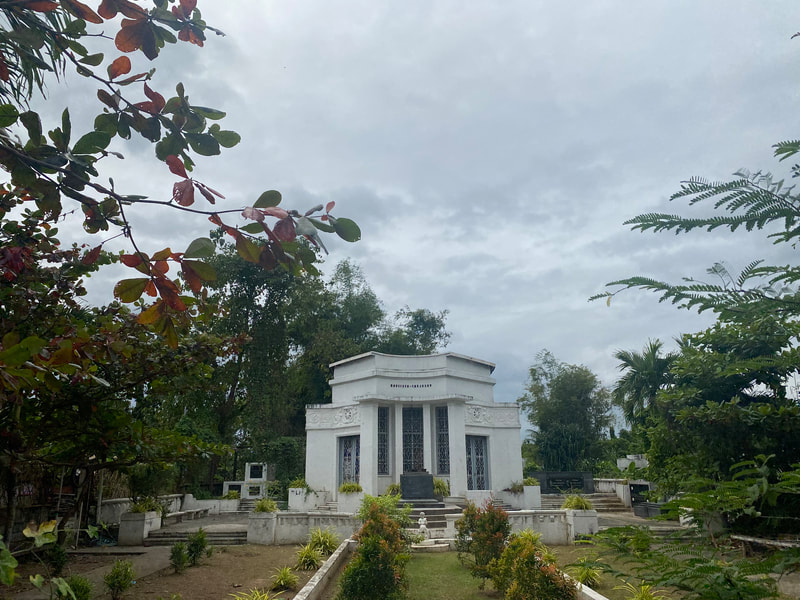
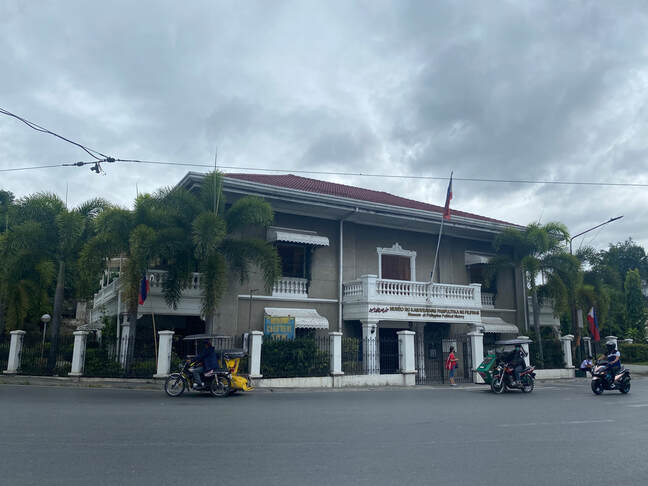
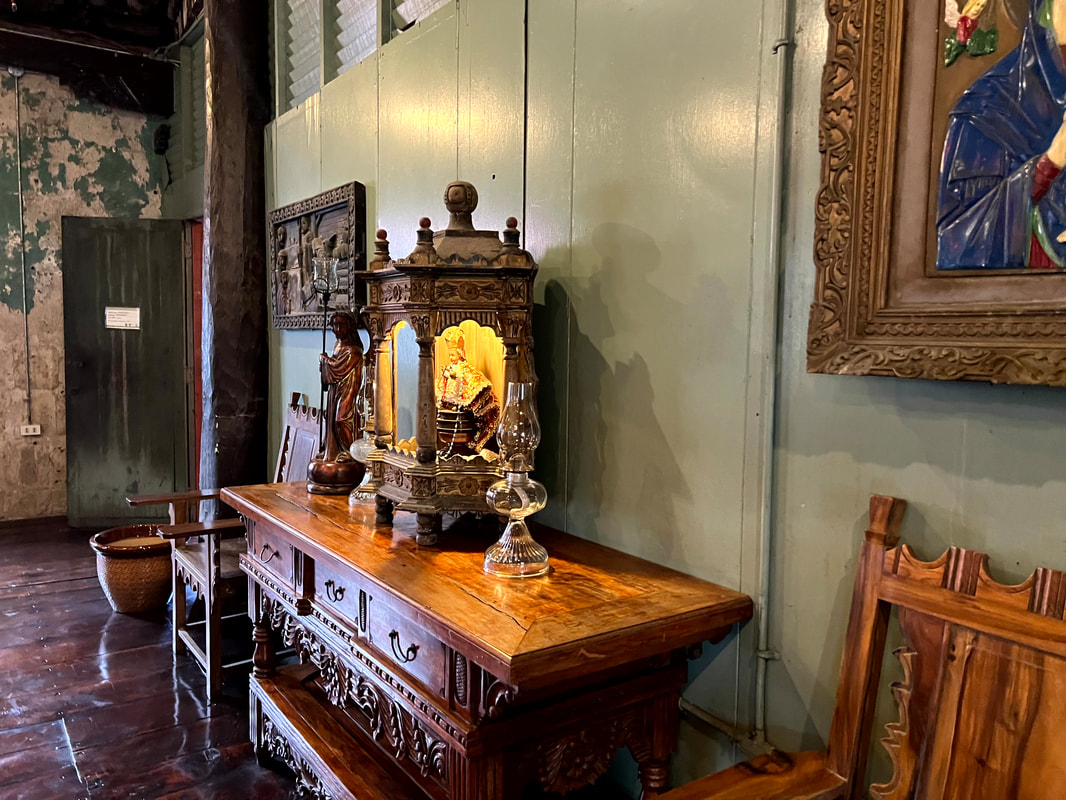

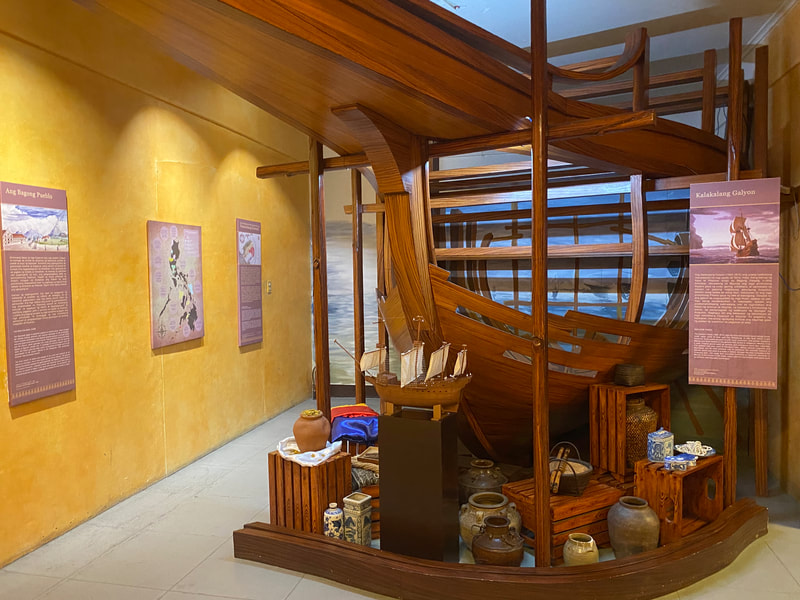
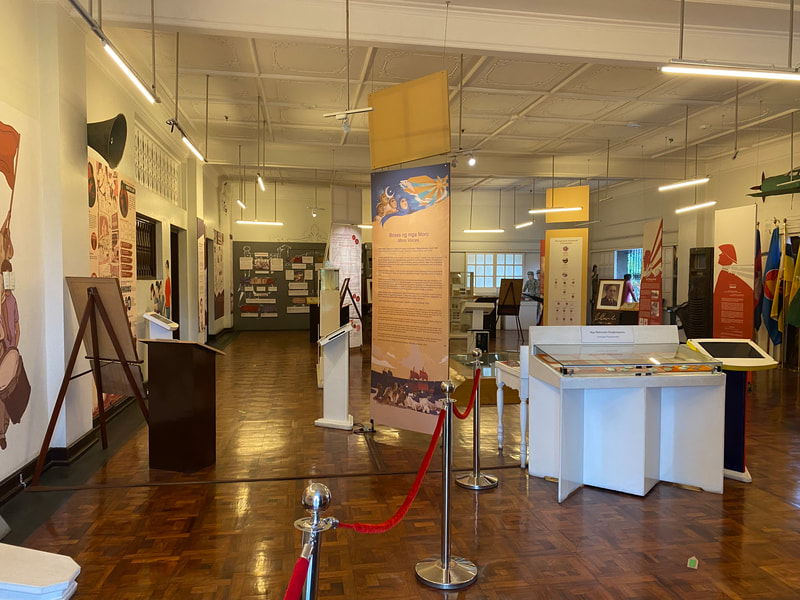
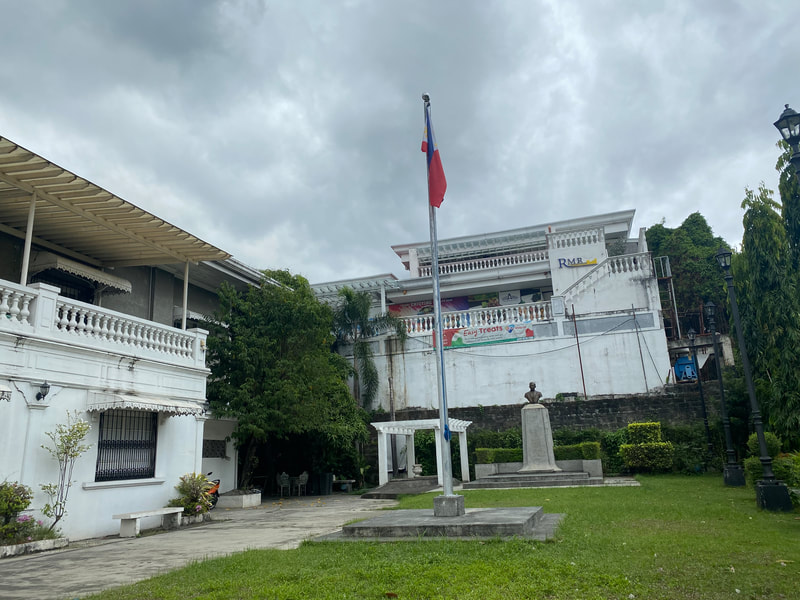
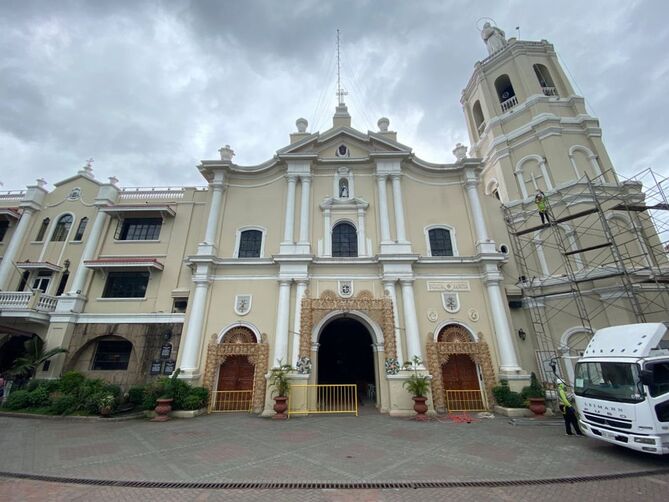


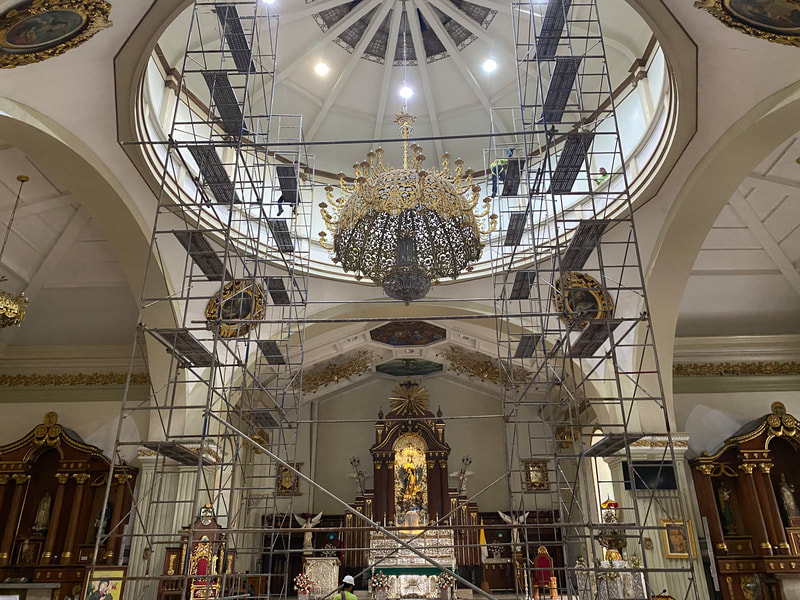

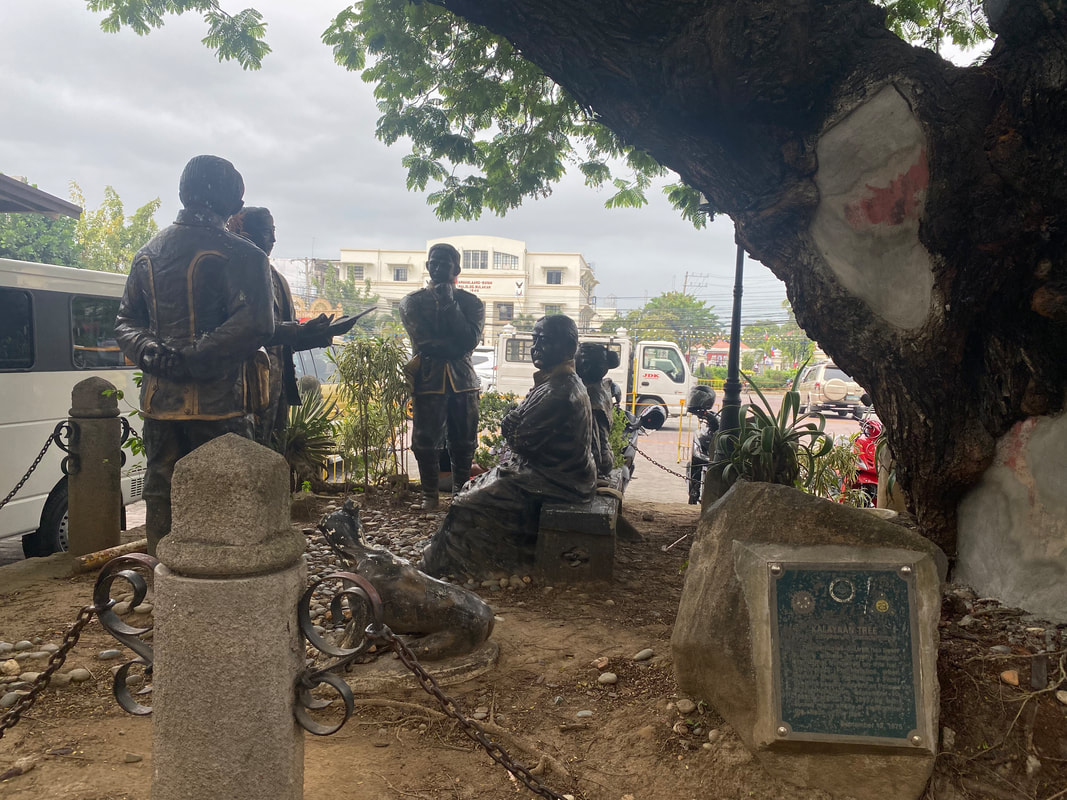
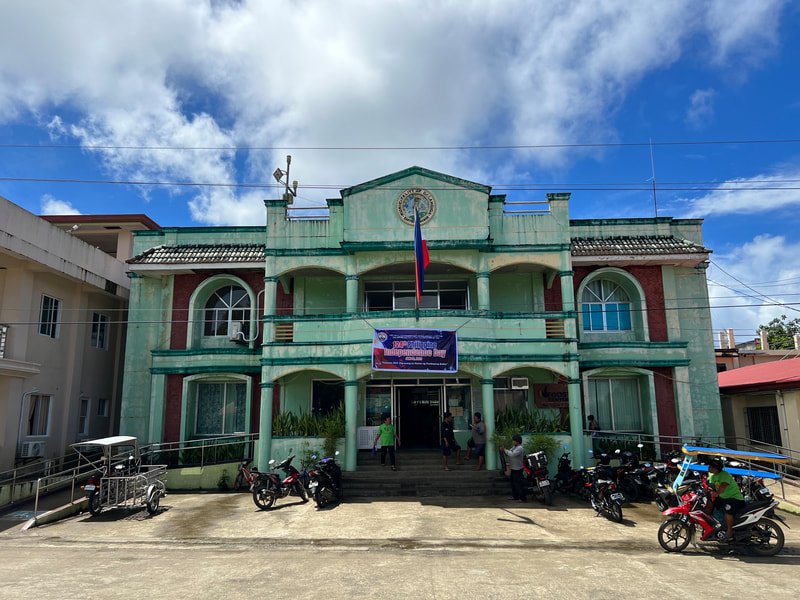
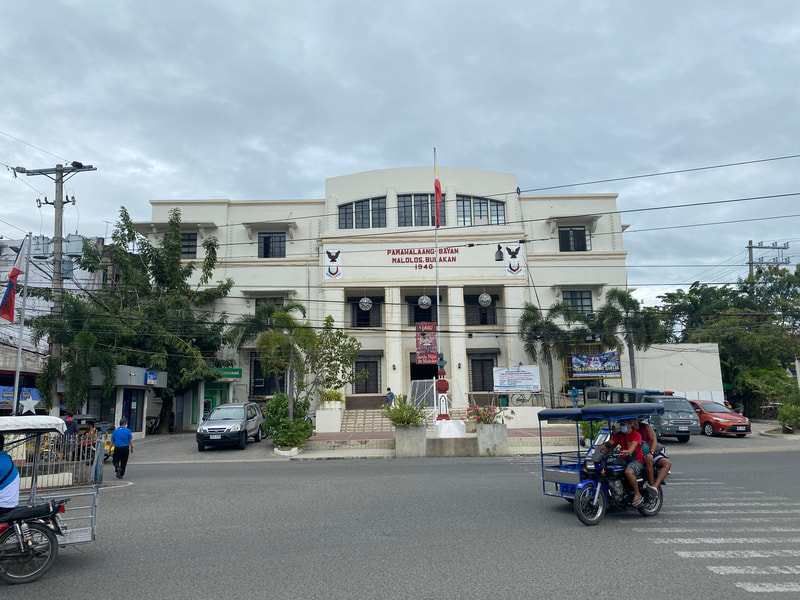
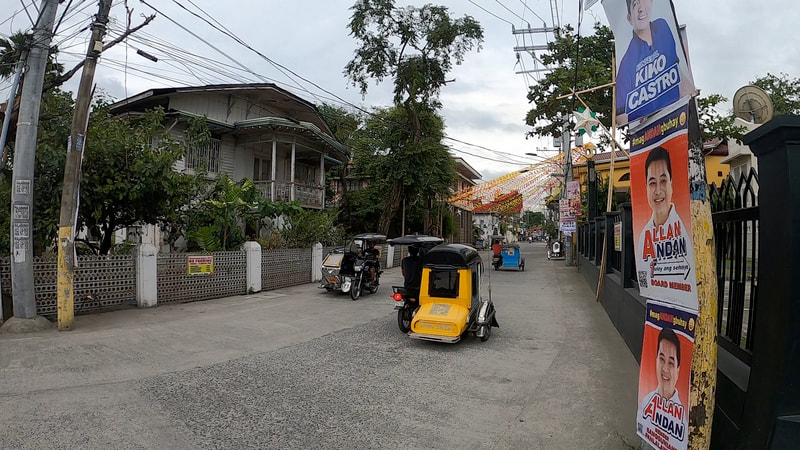
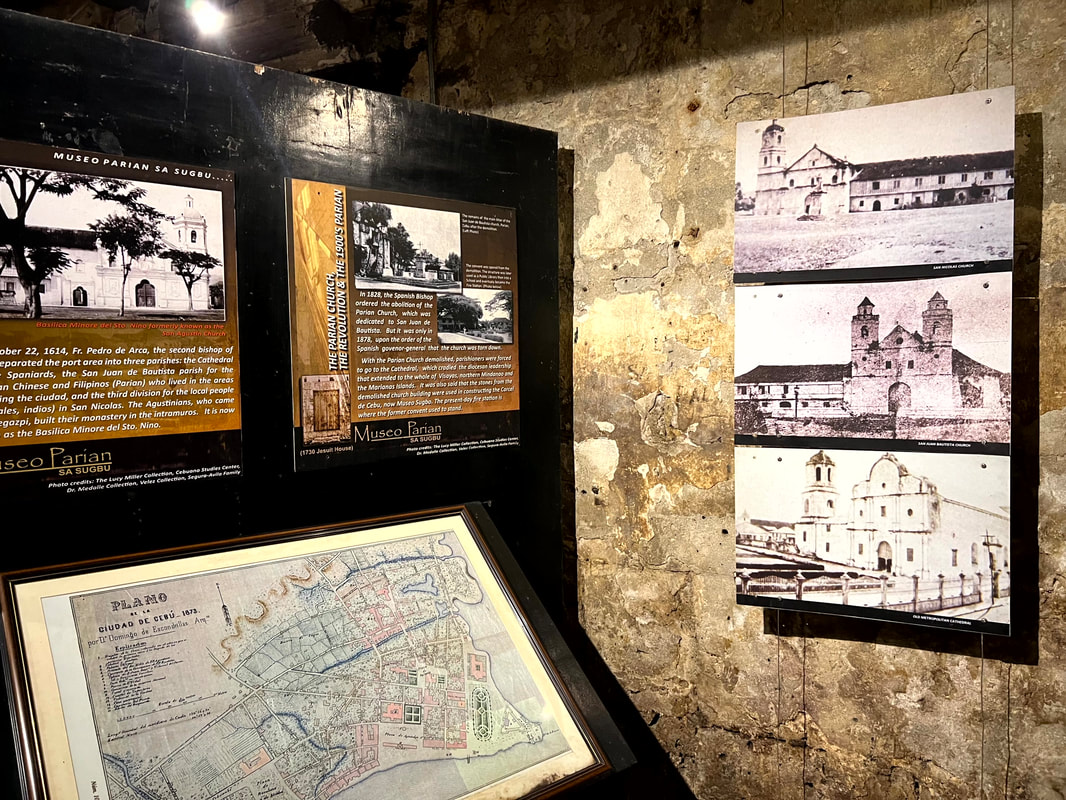
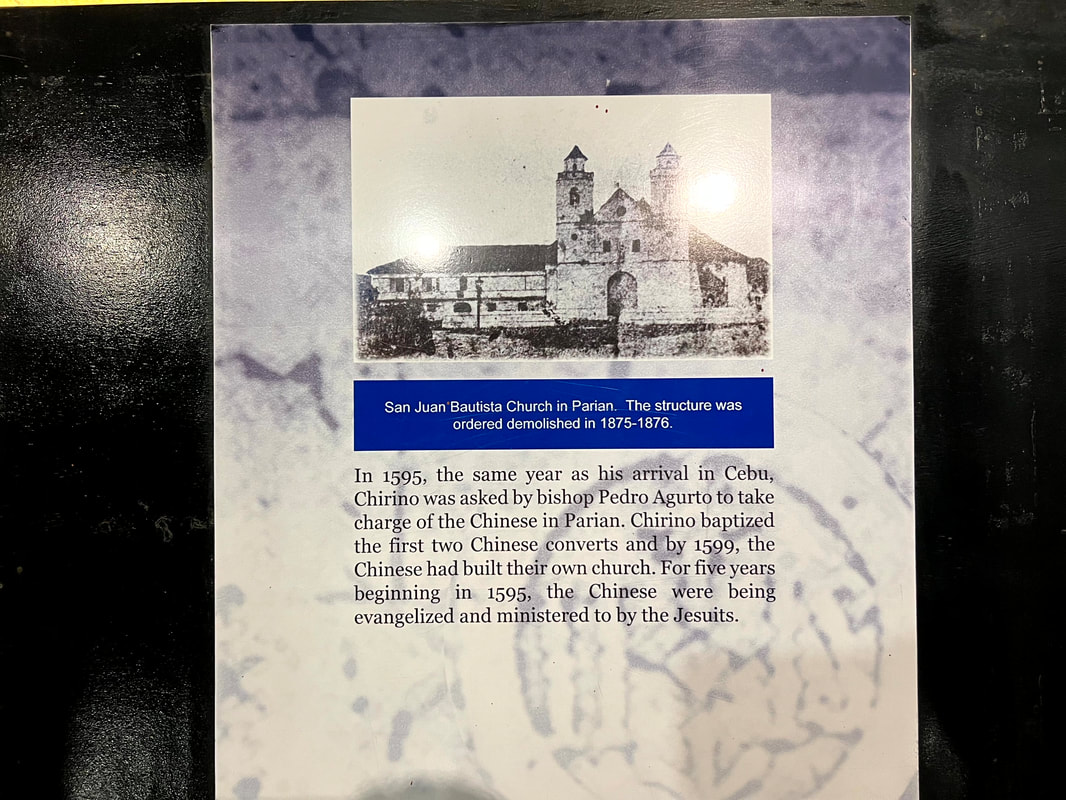

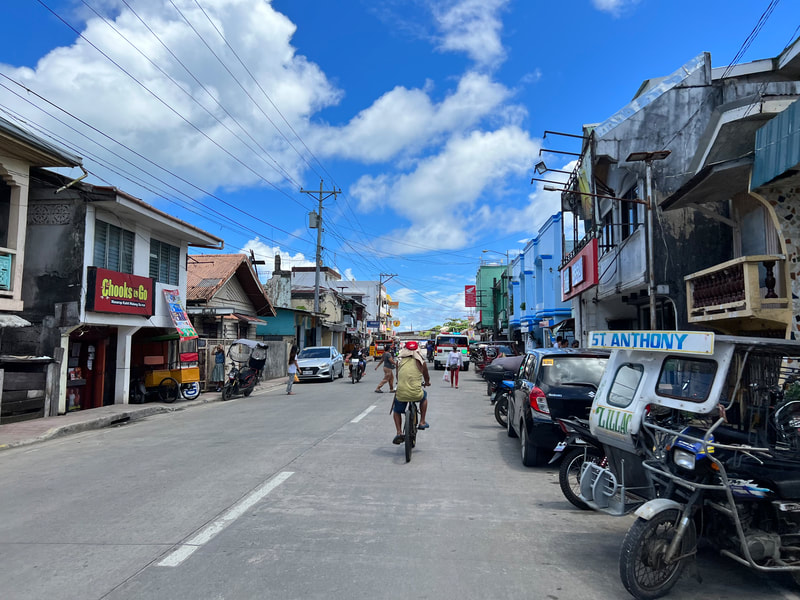
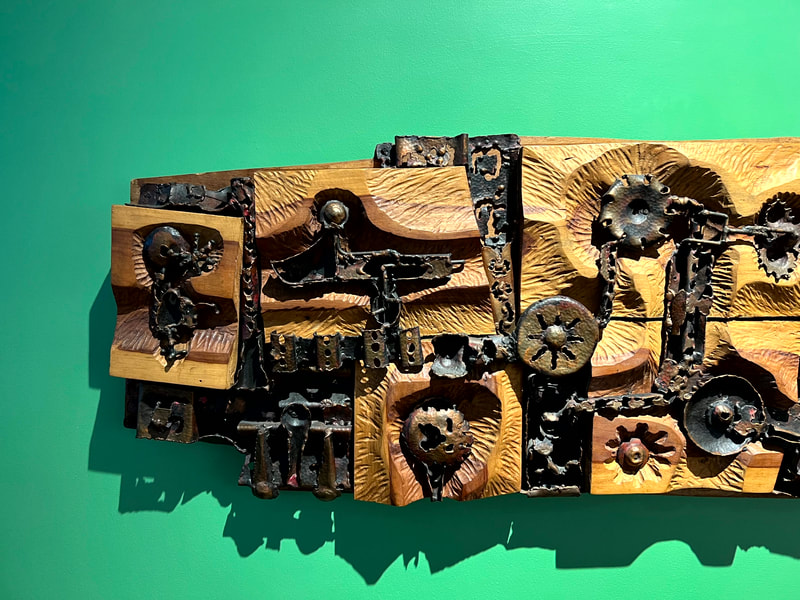
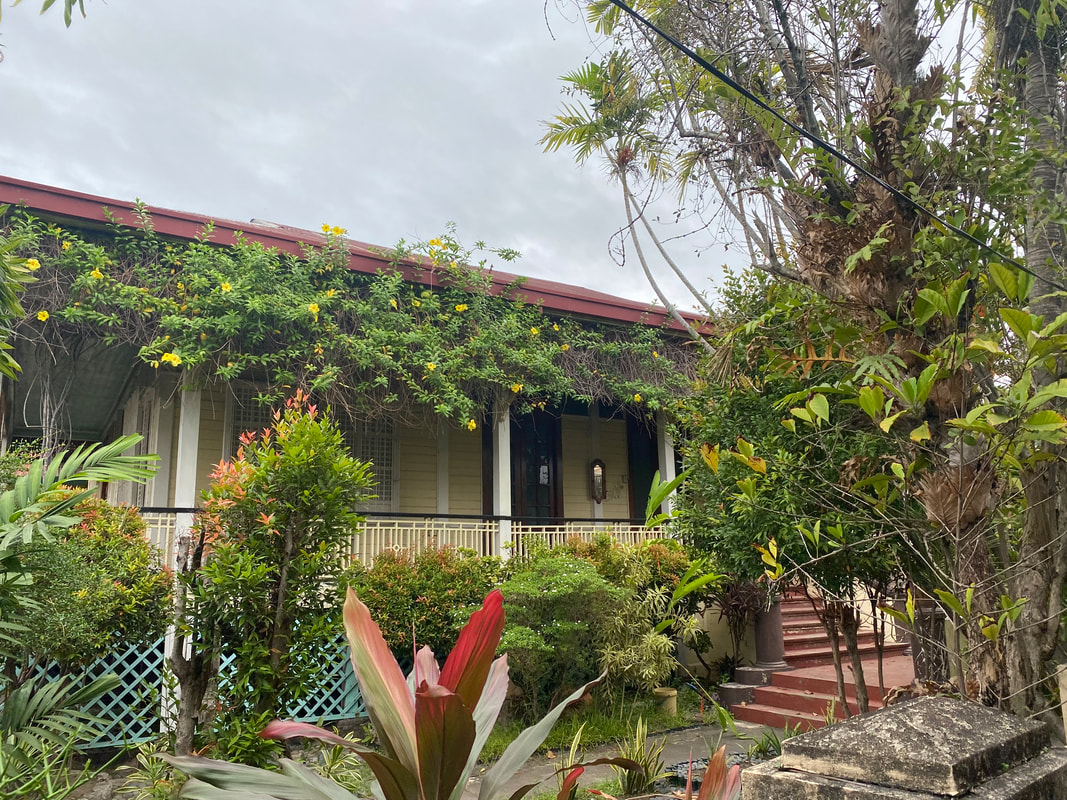
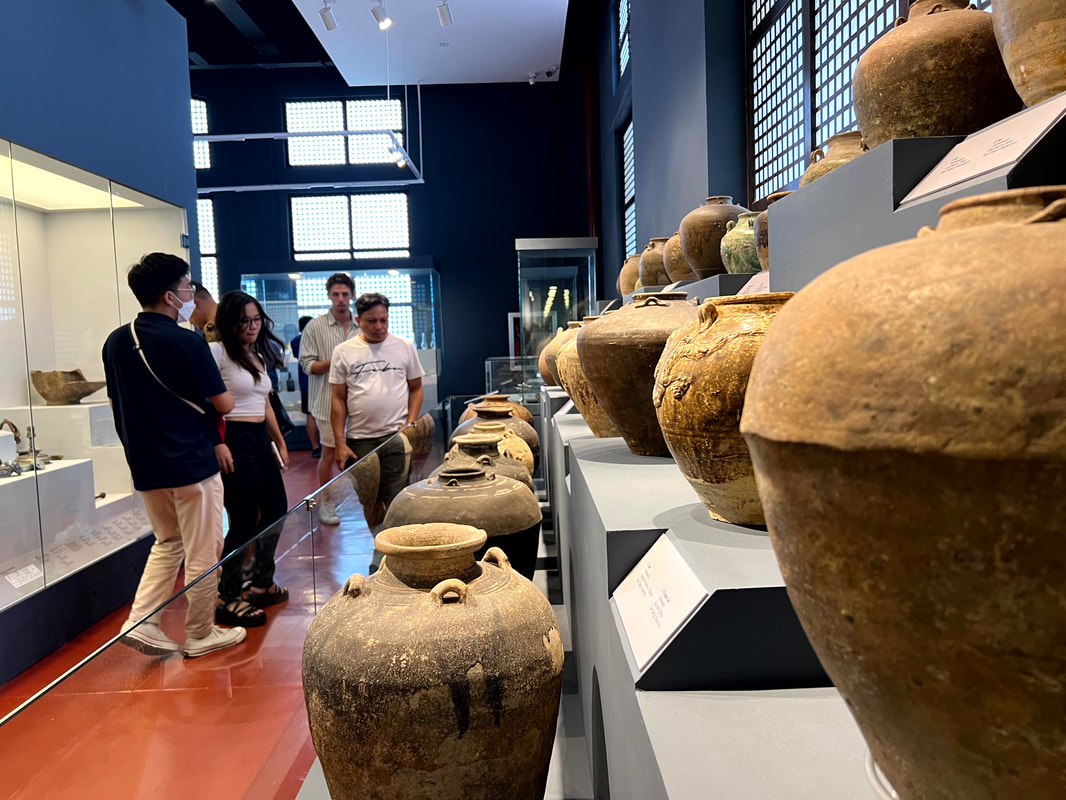


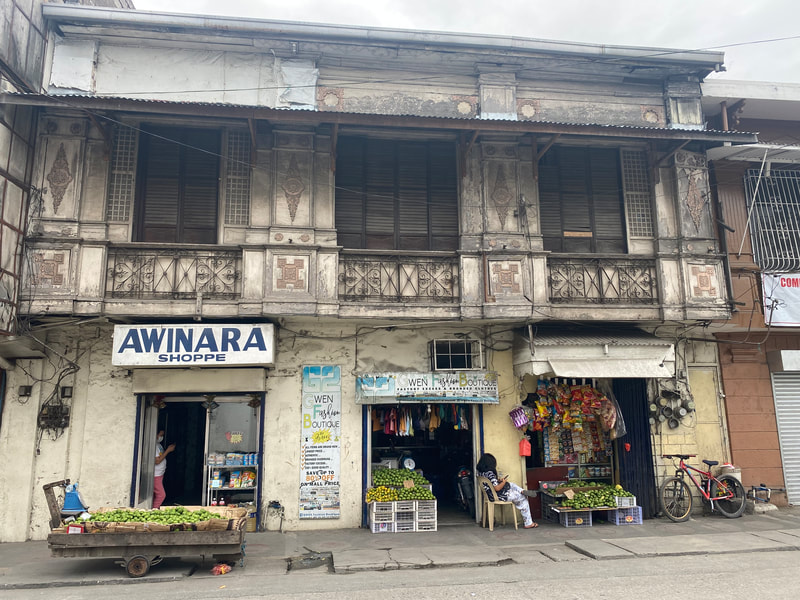
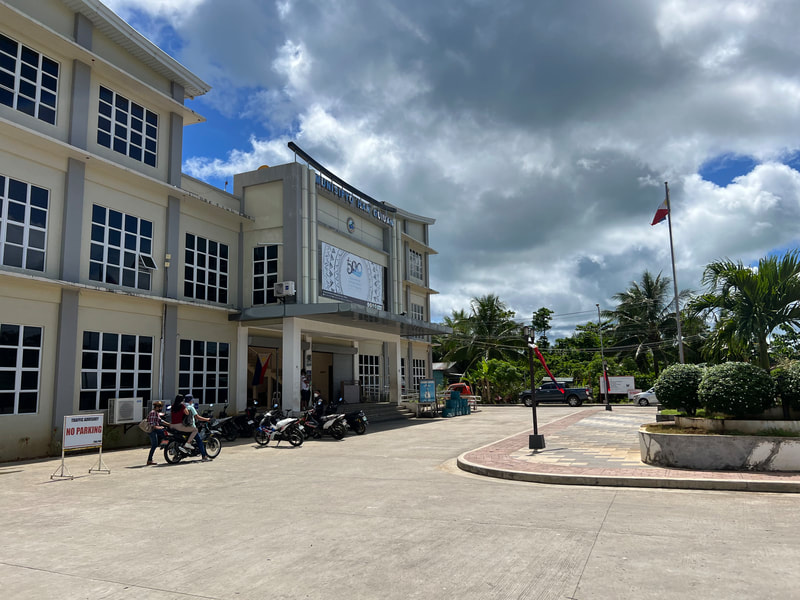
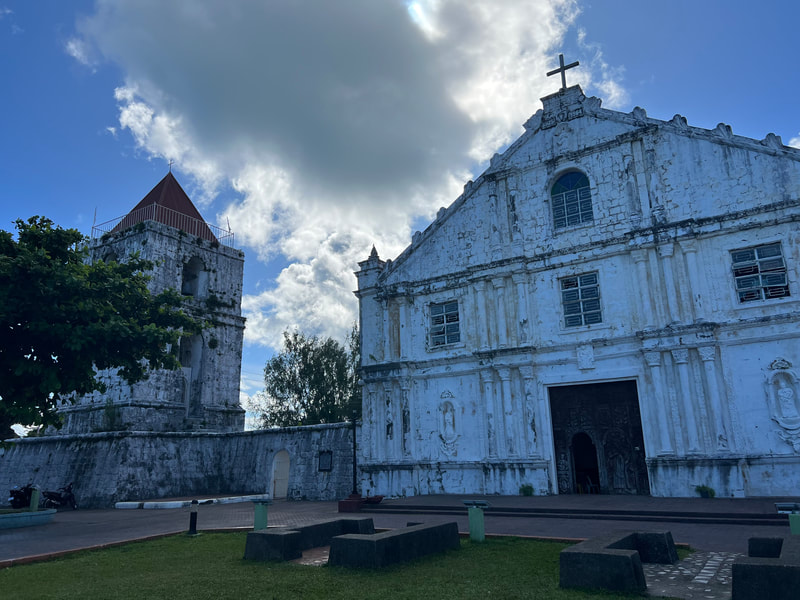
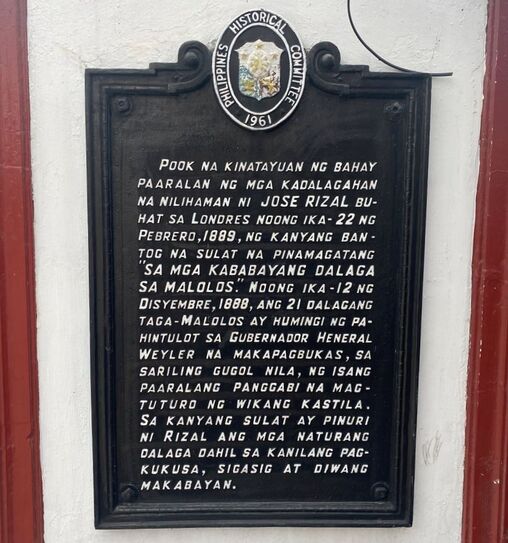
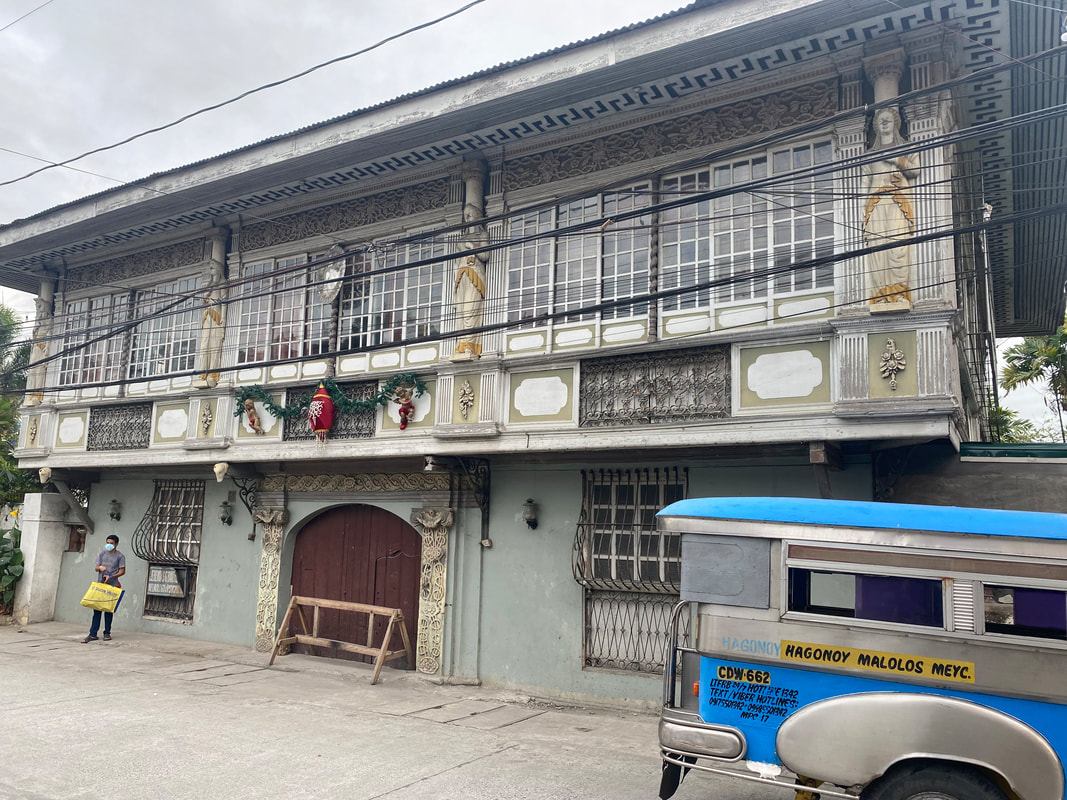
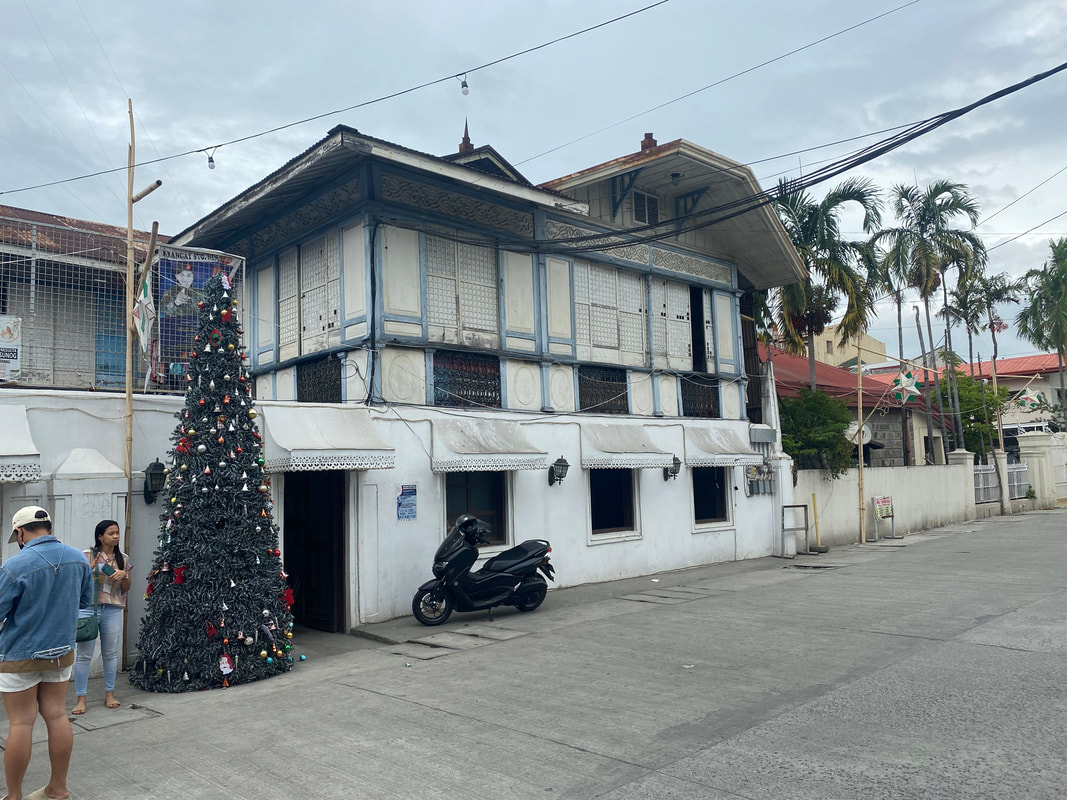
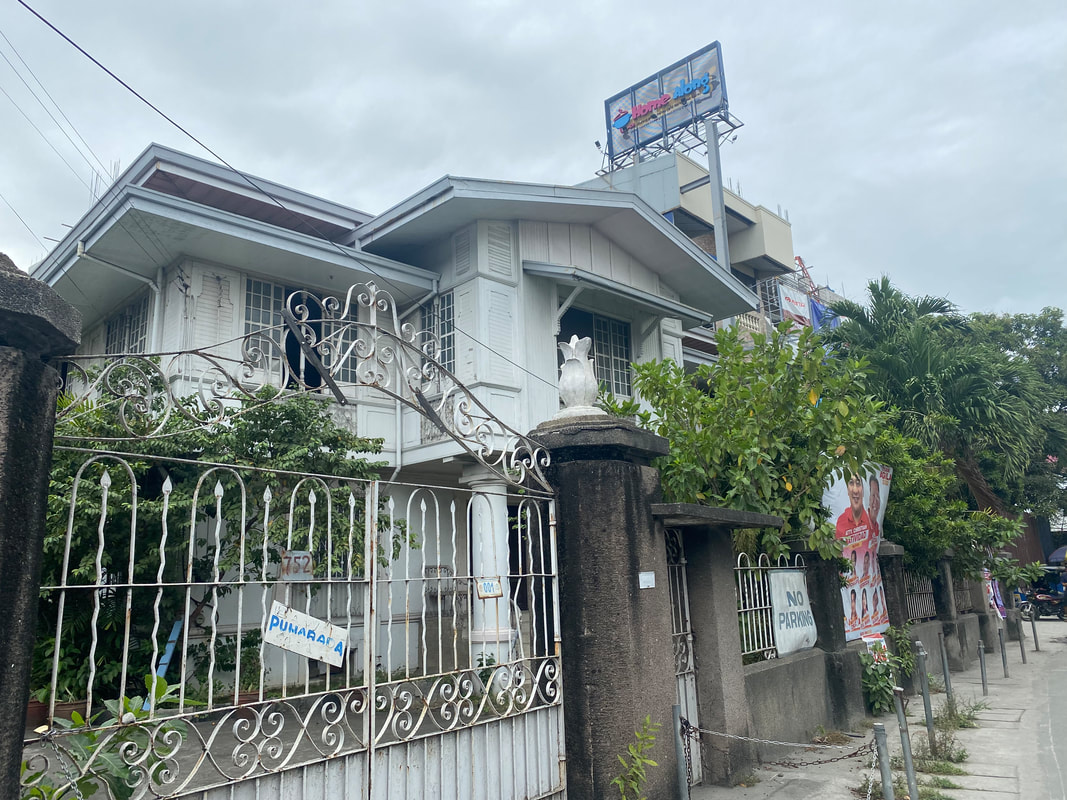

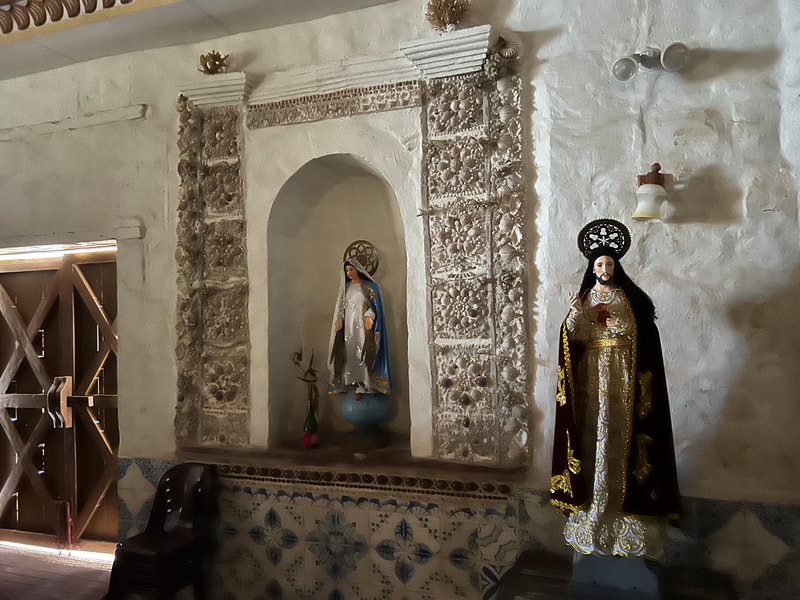
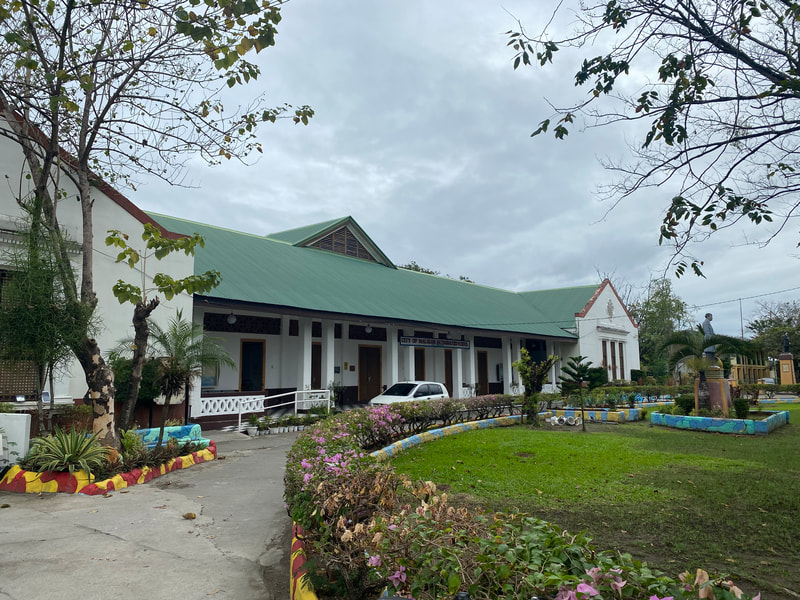
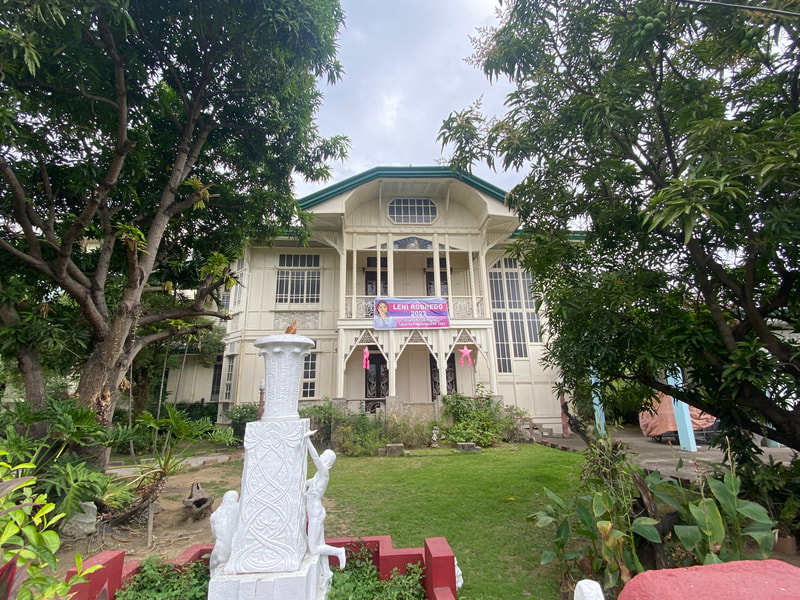
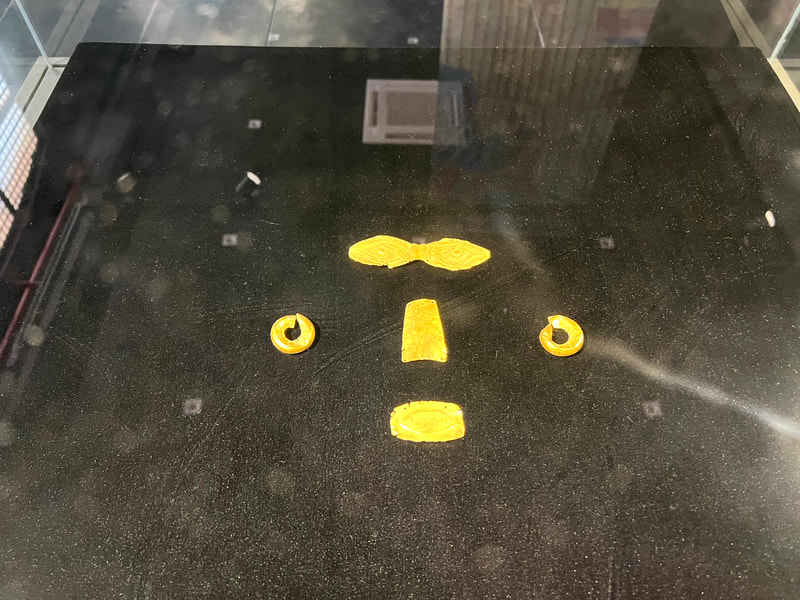

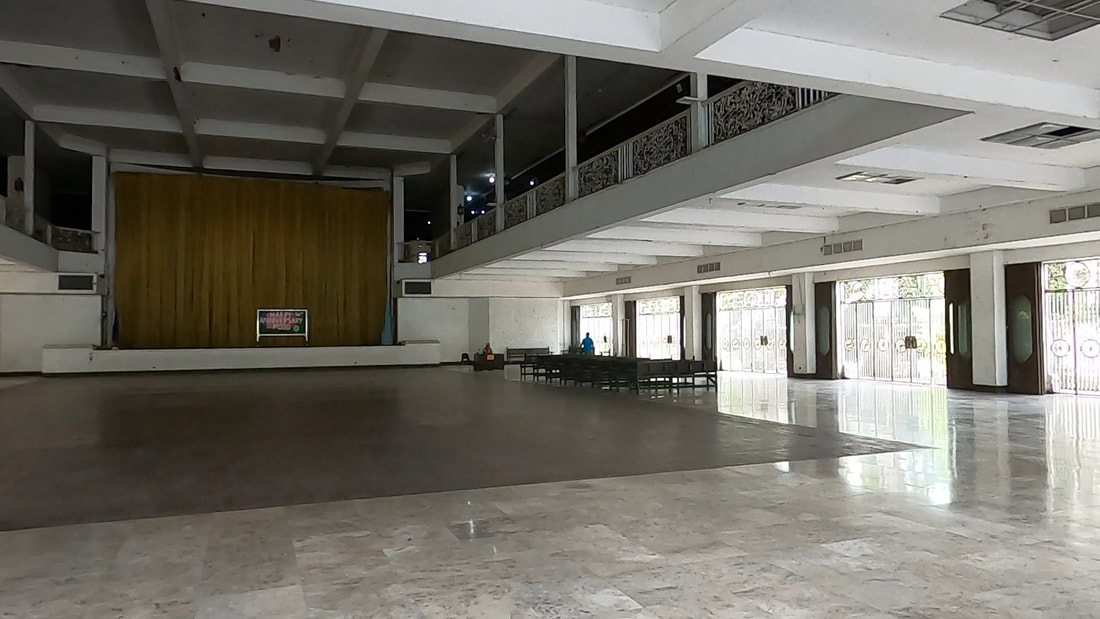
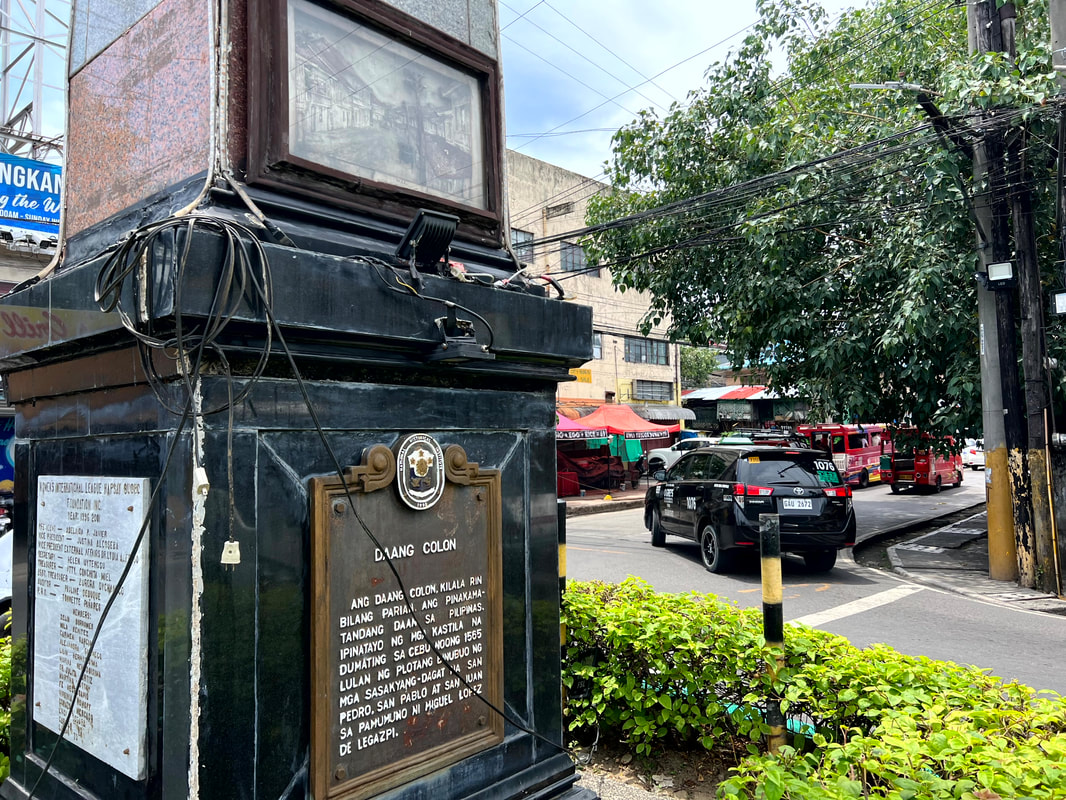
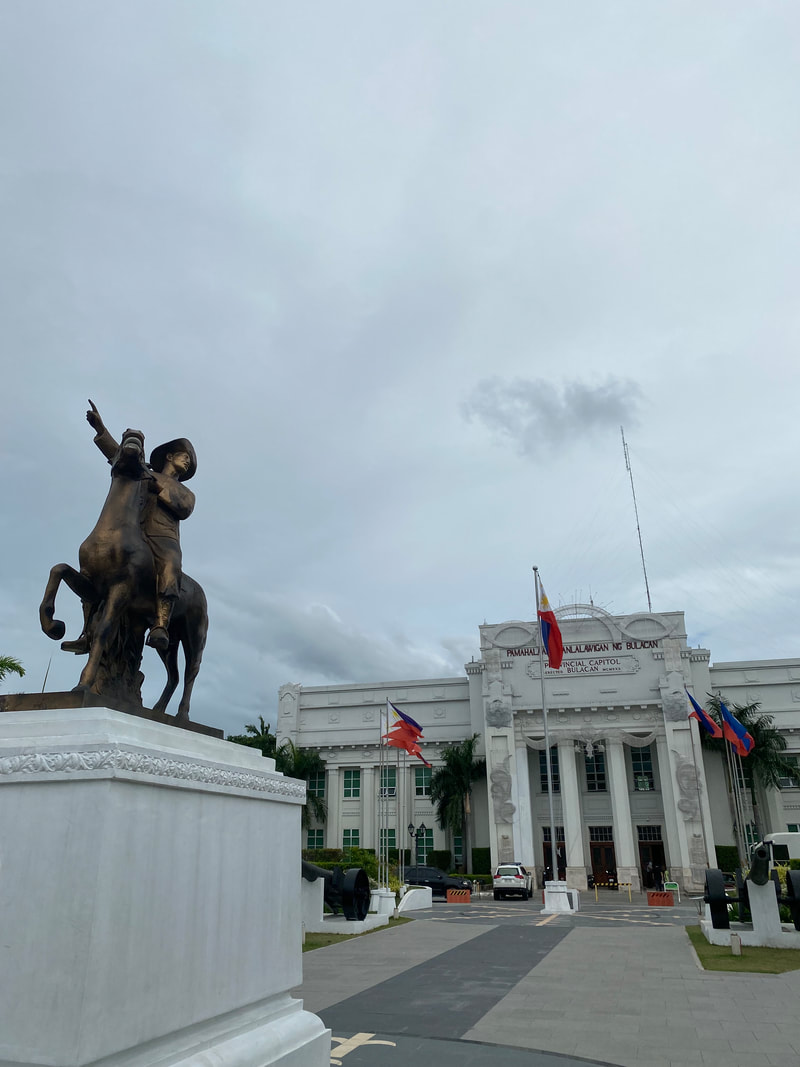
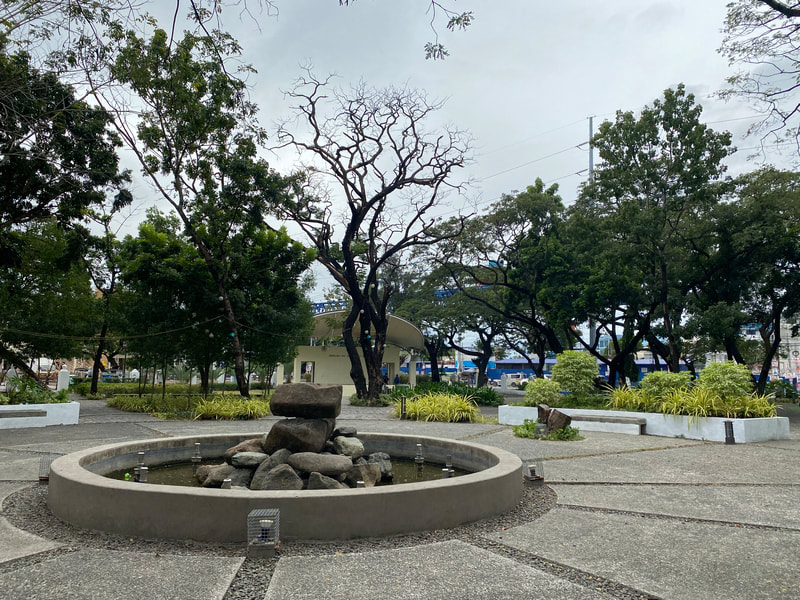
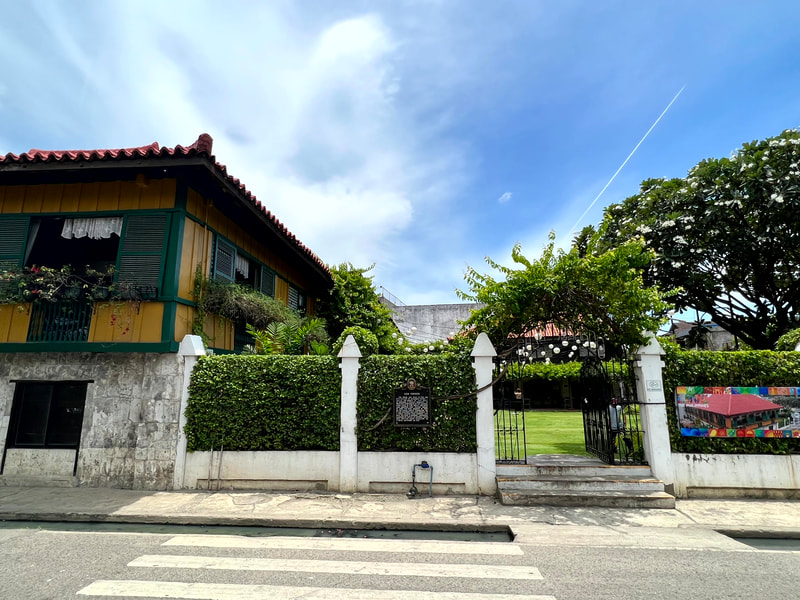
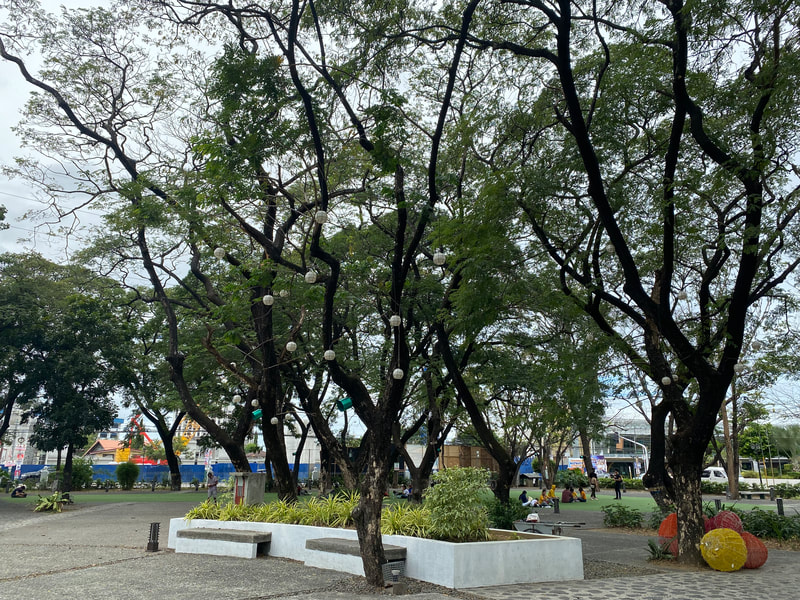
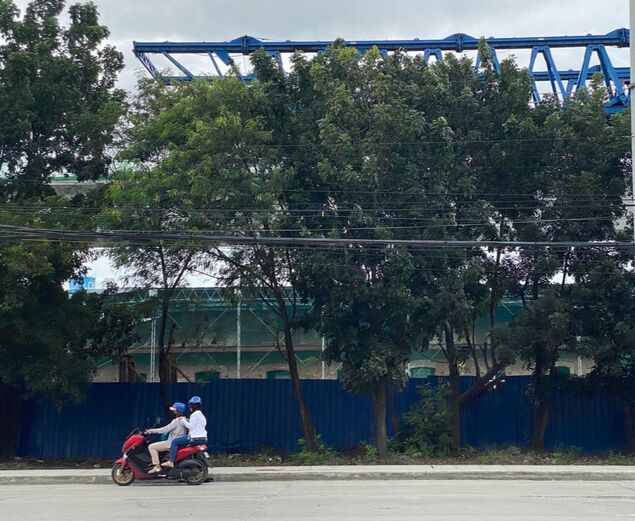
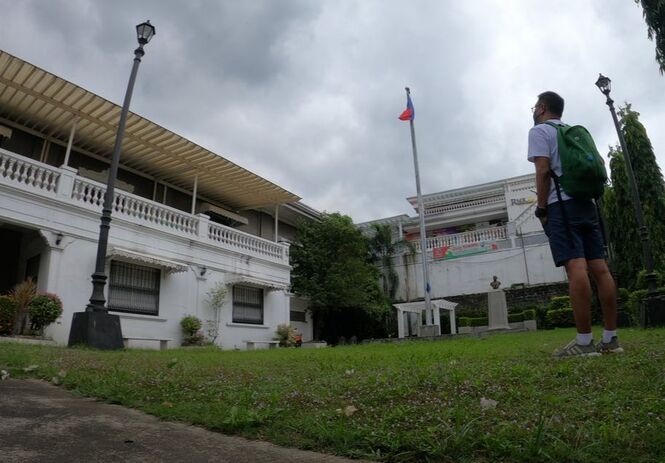




 RSS Feed
RSS Feed